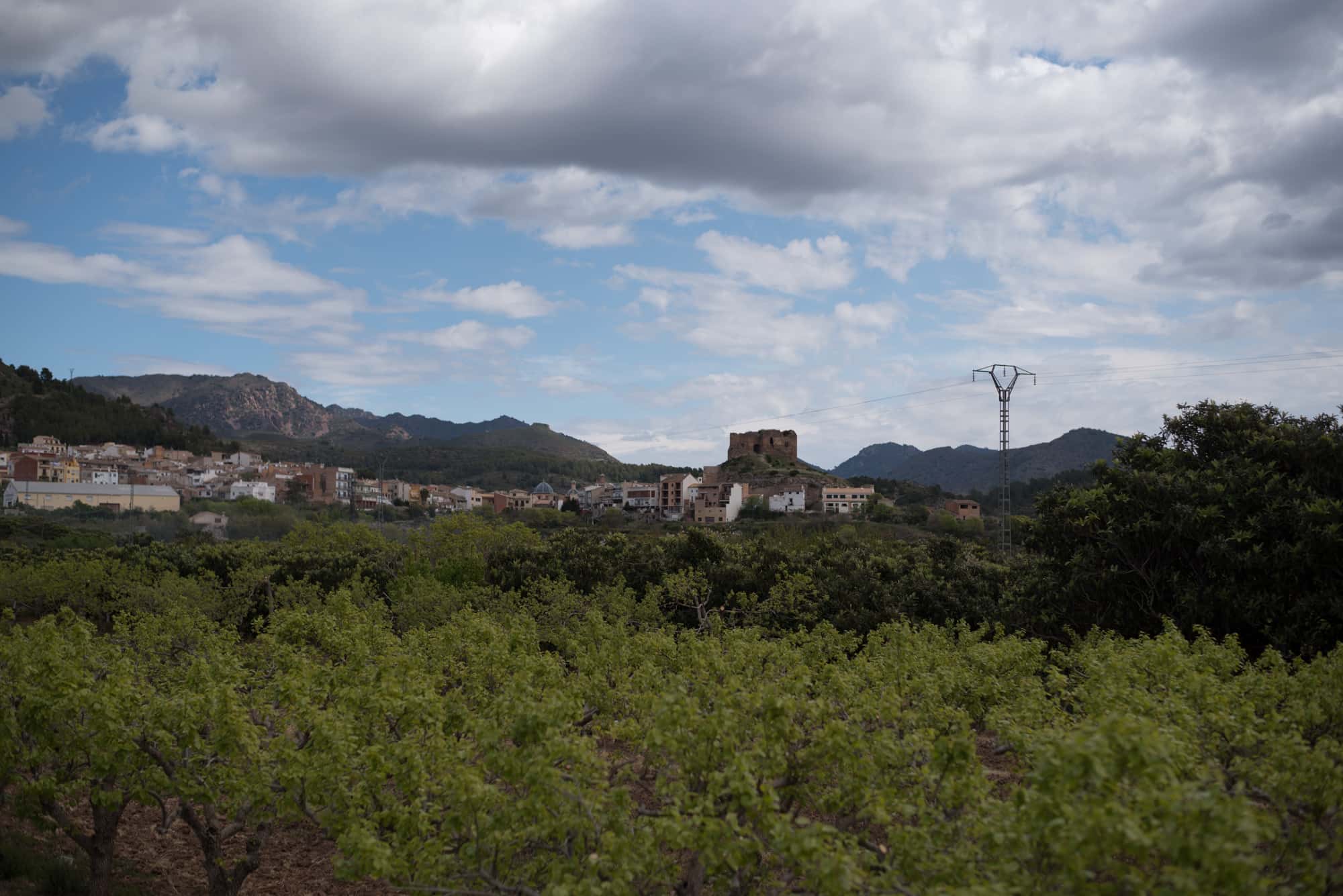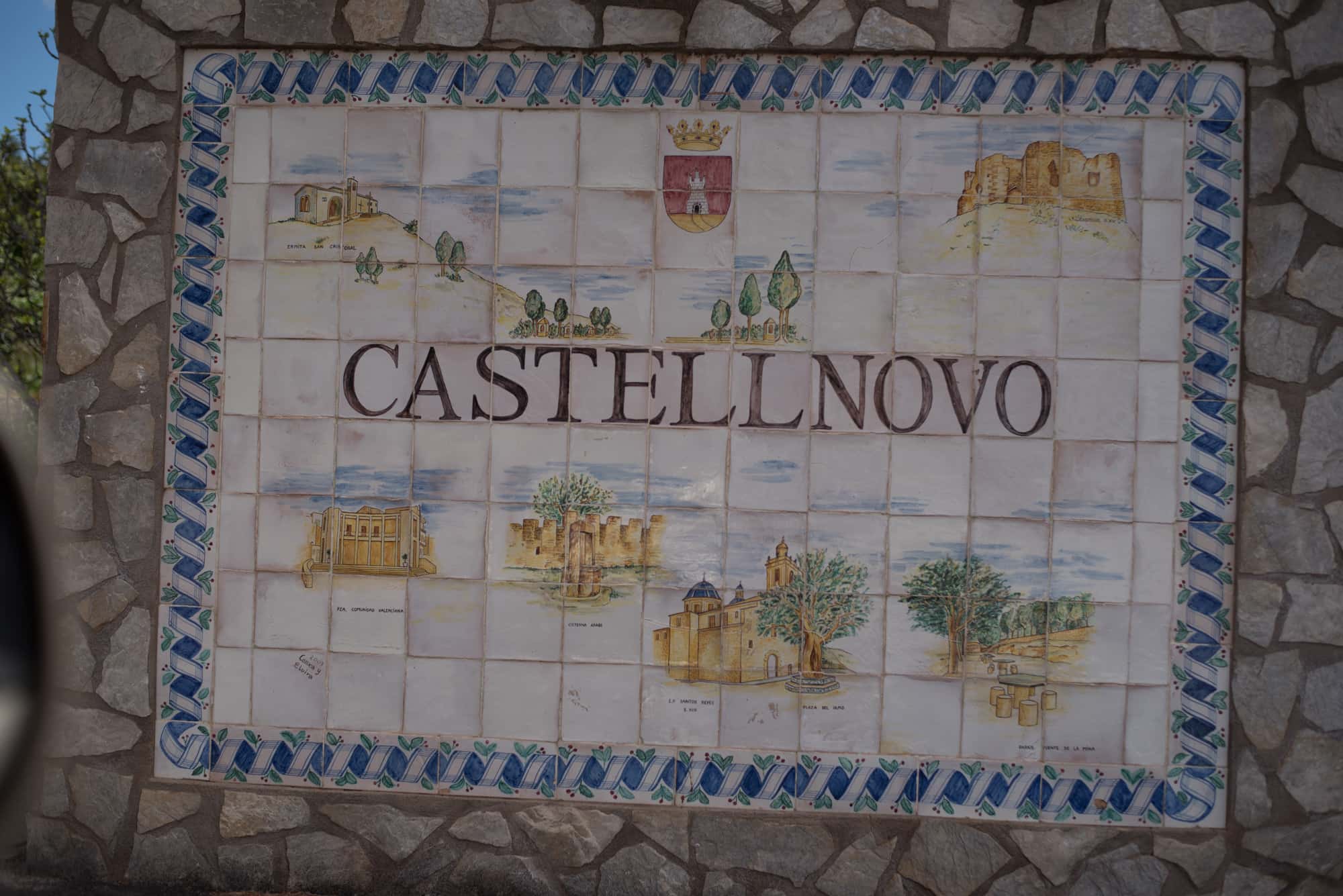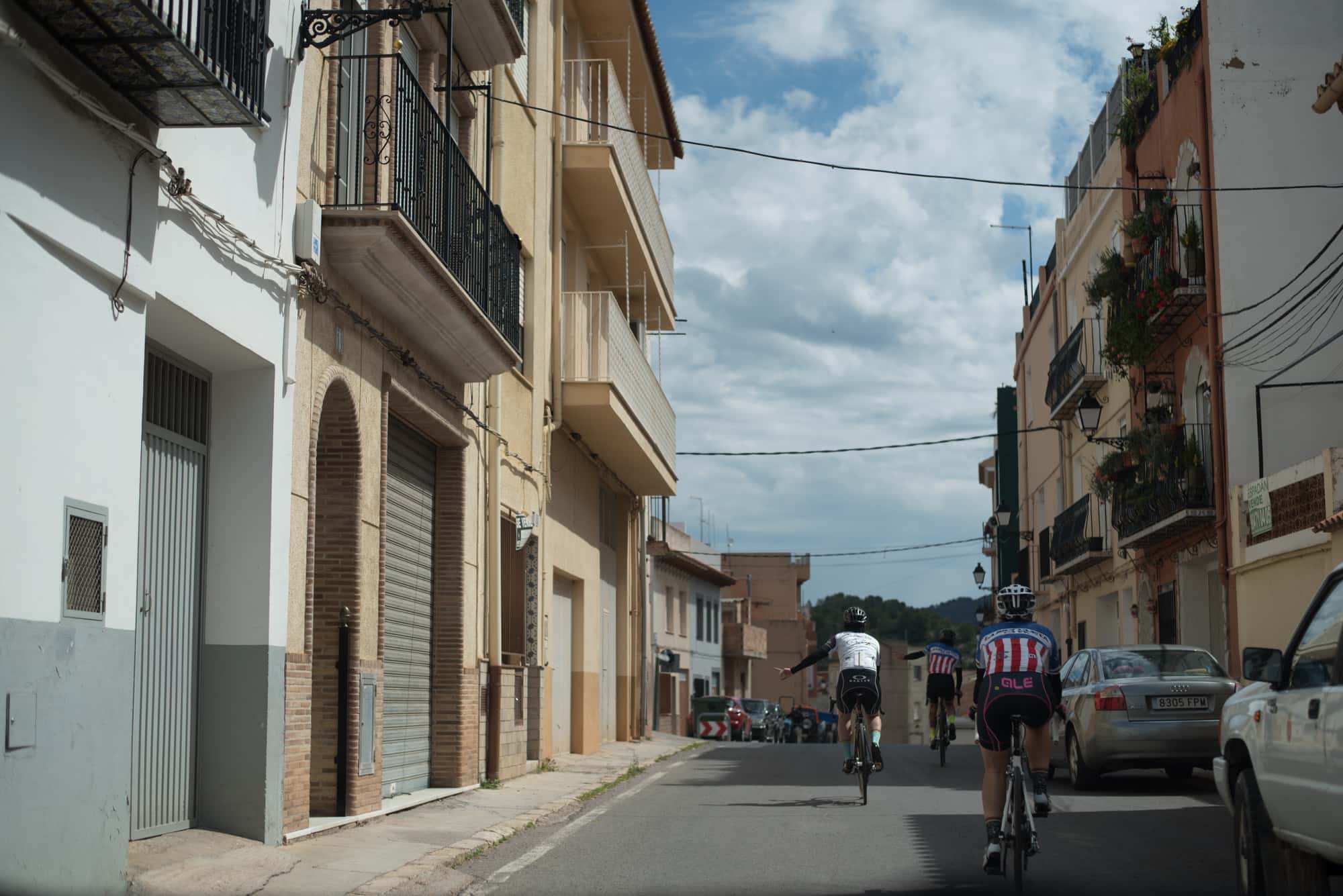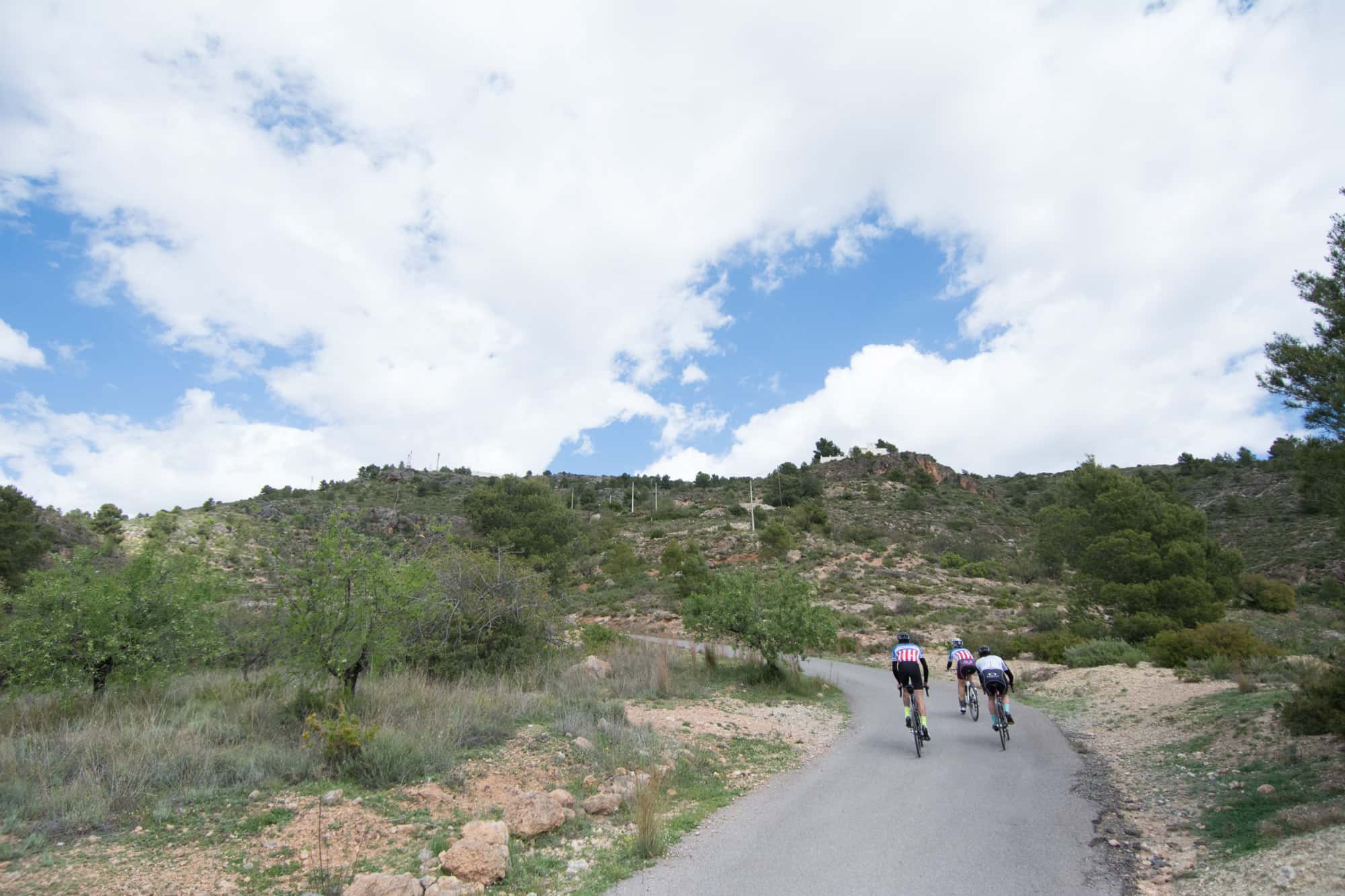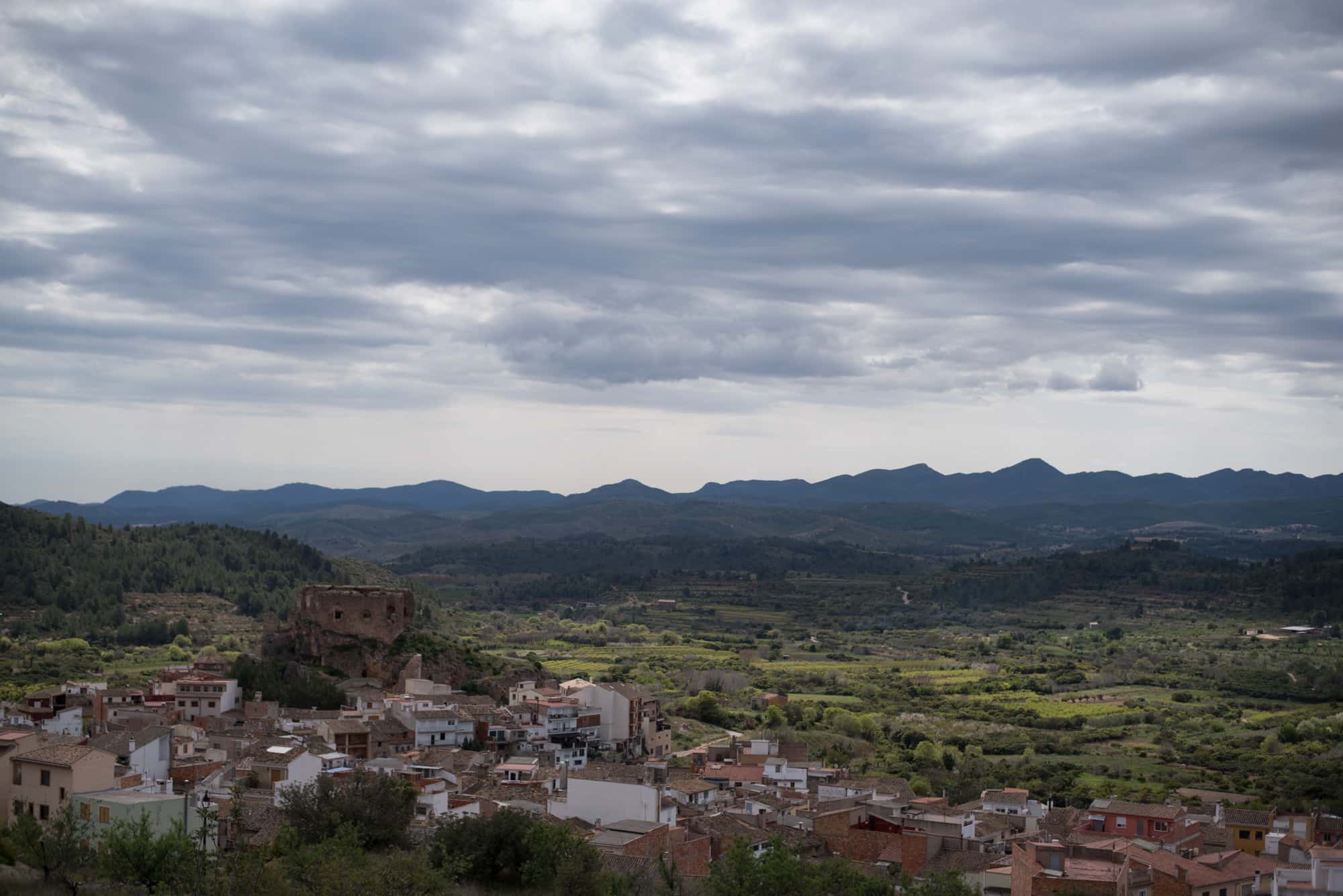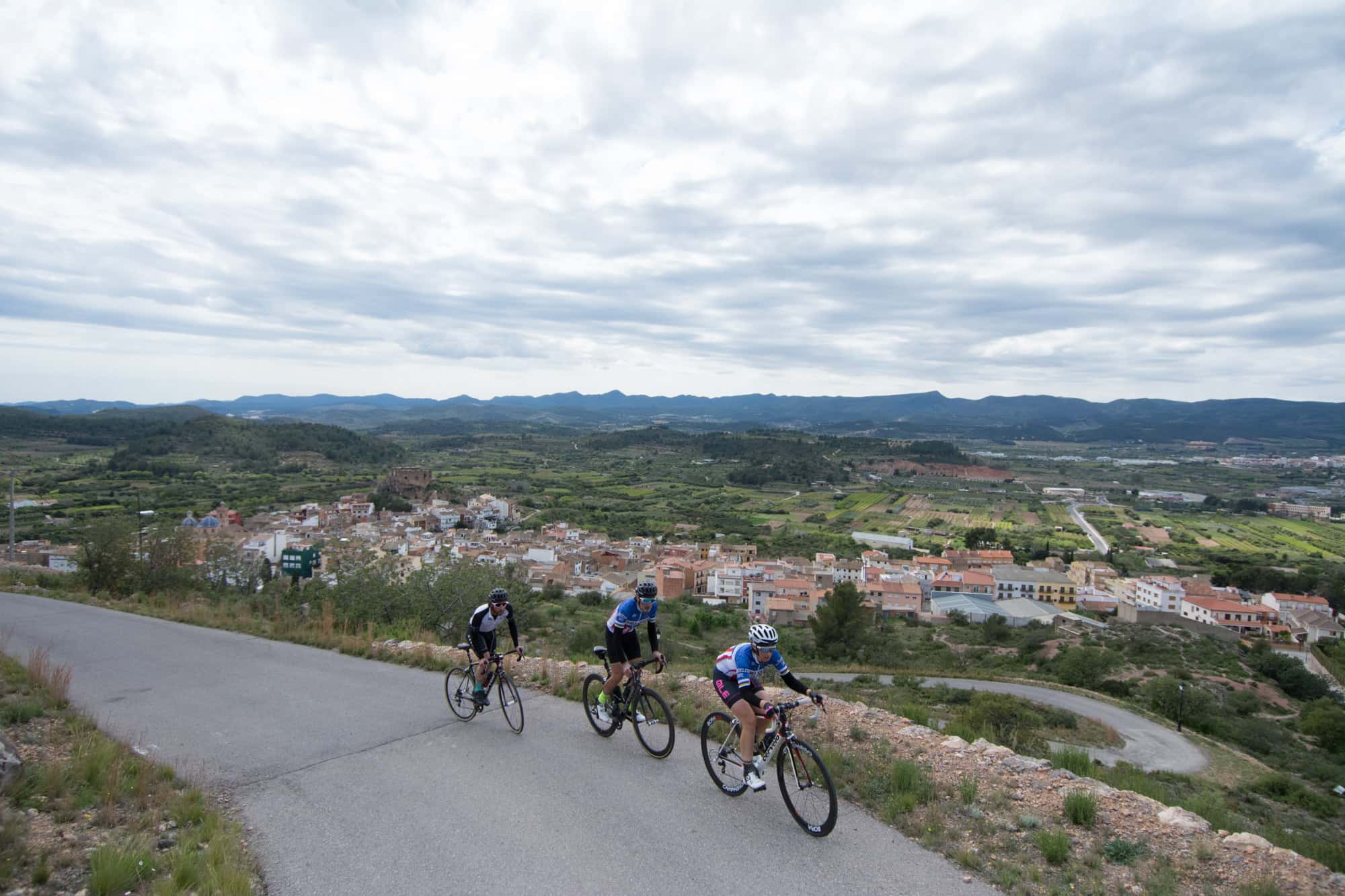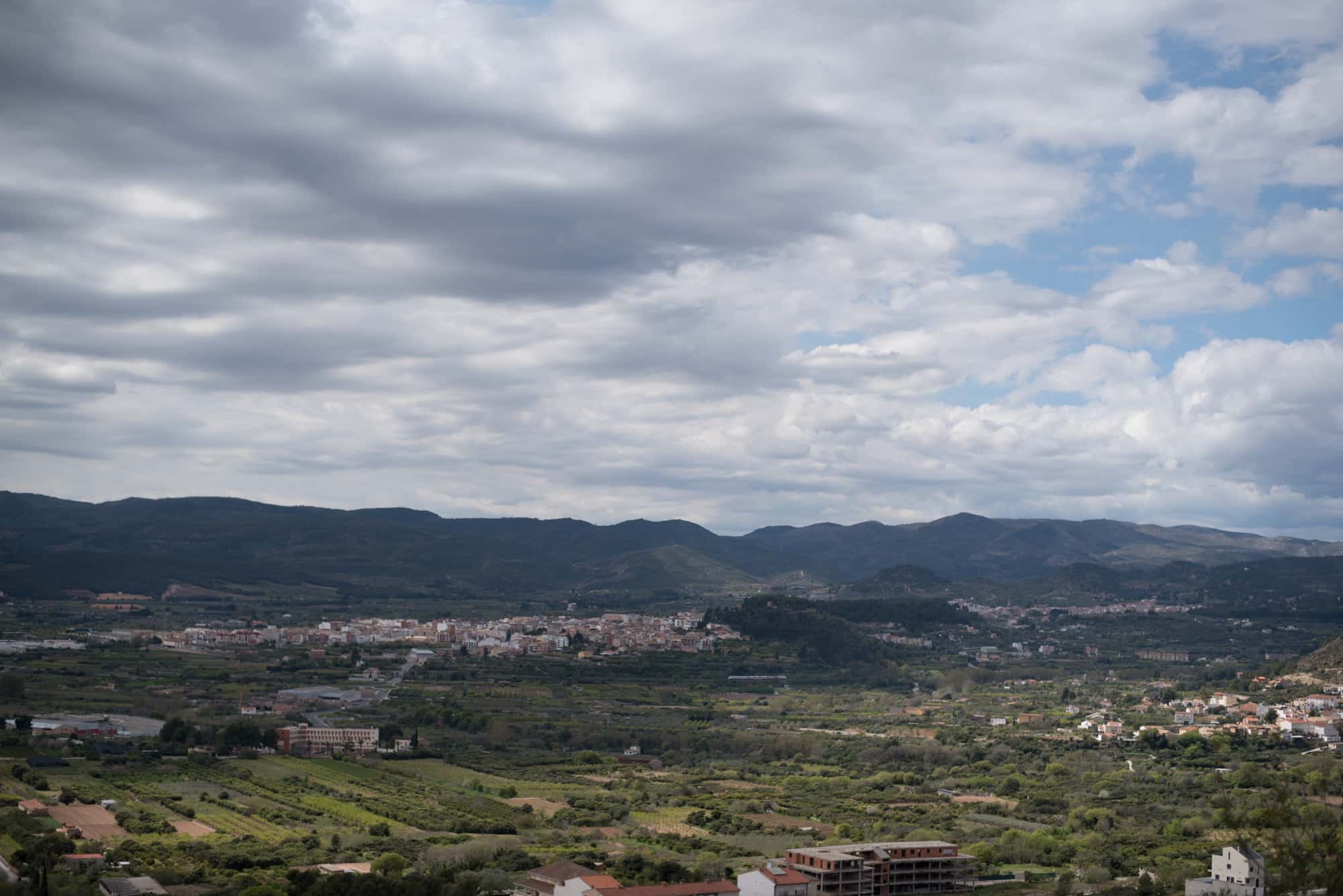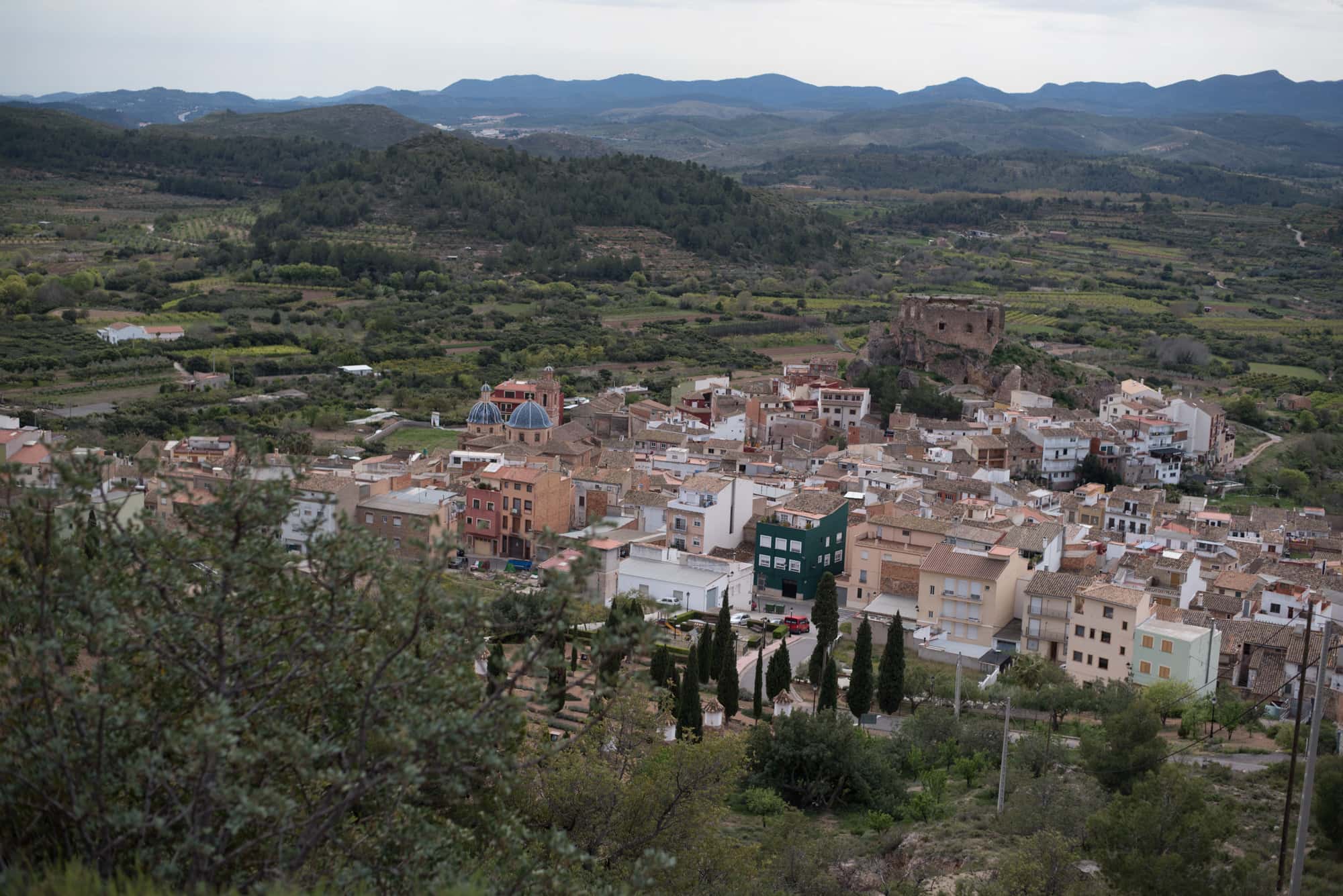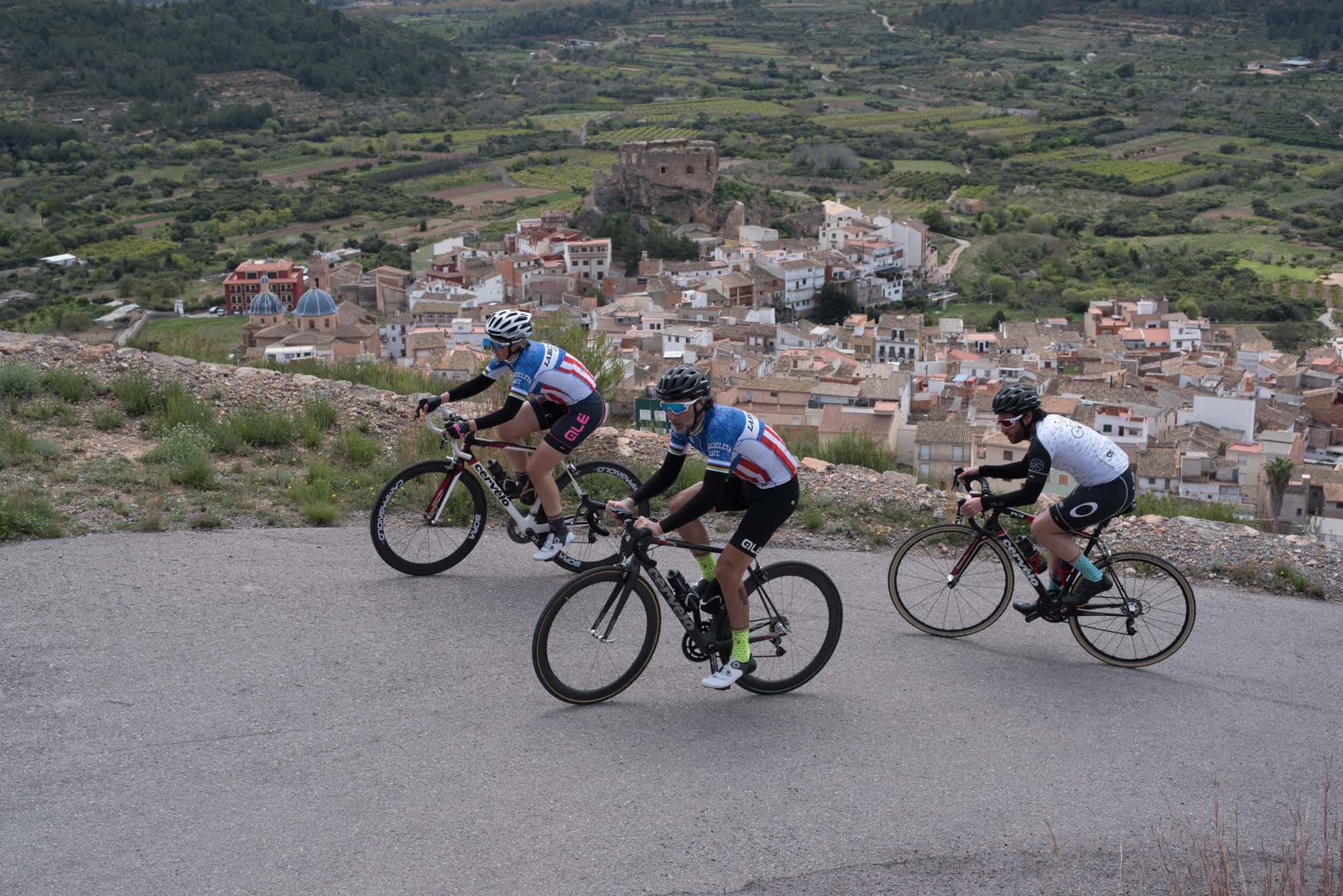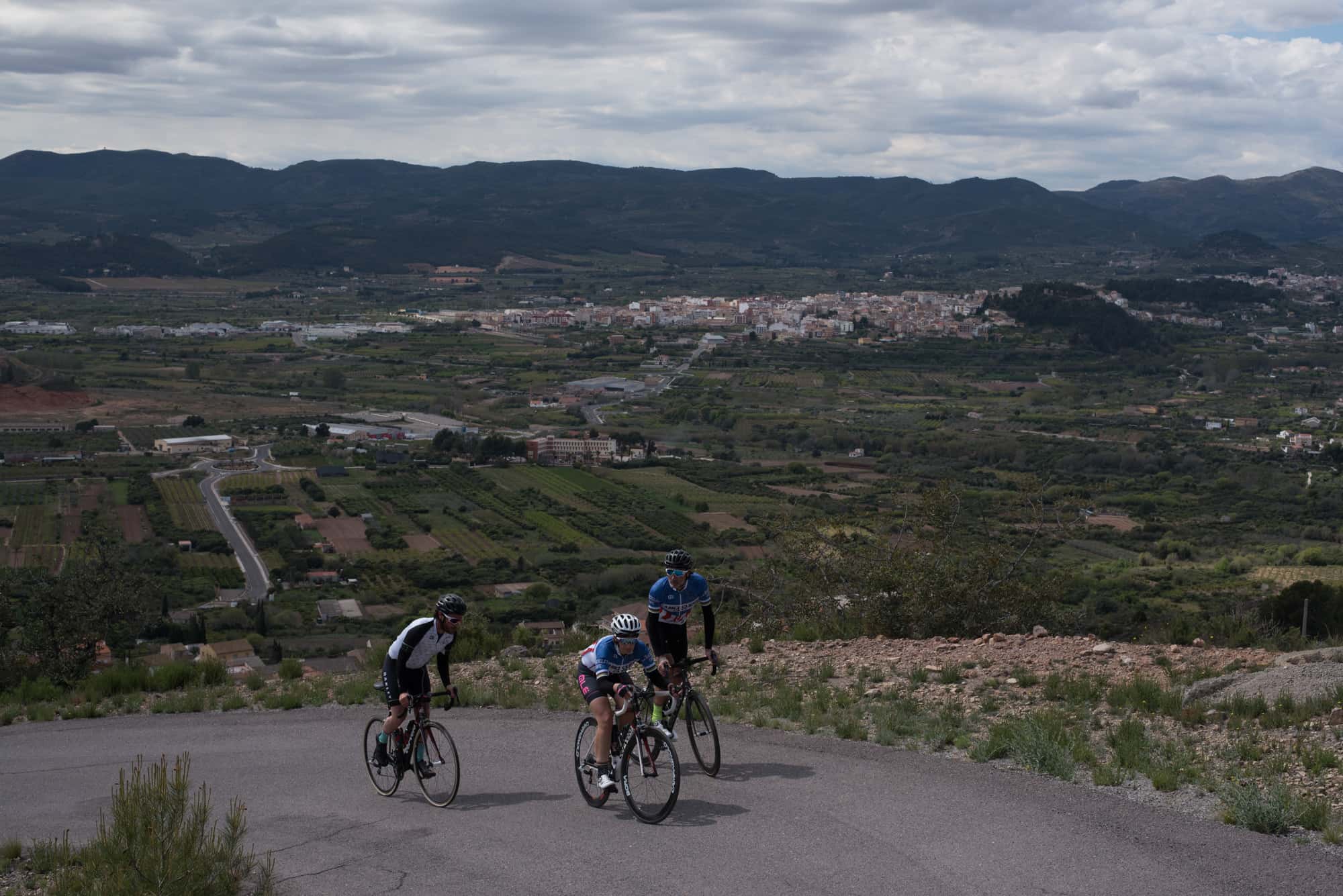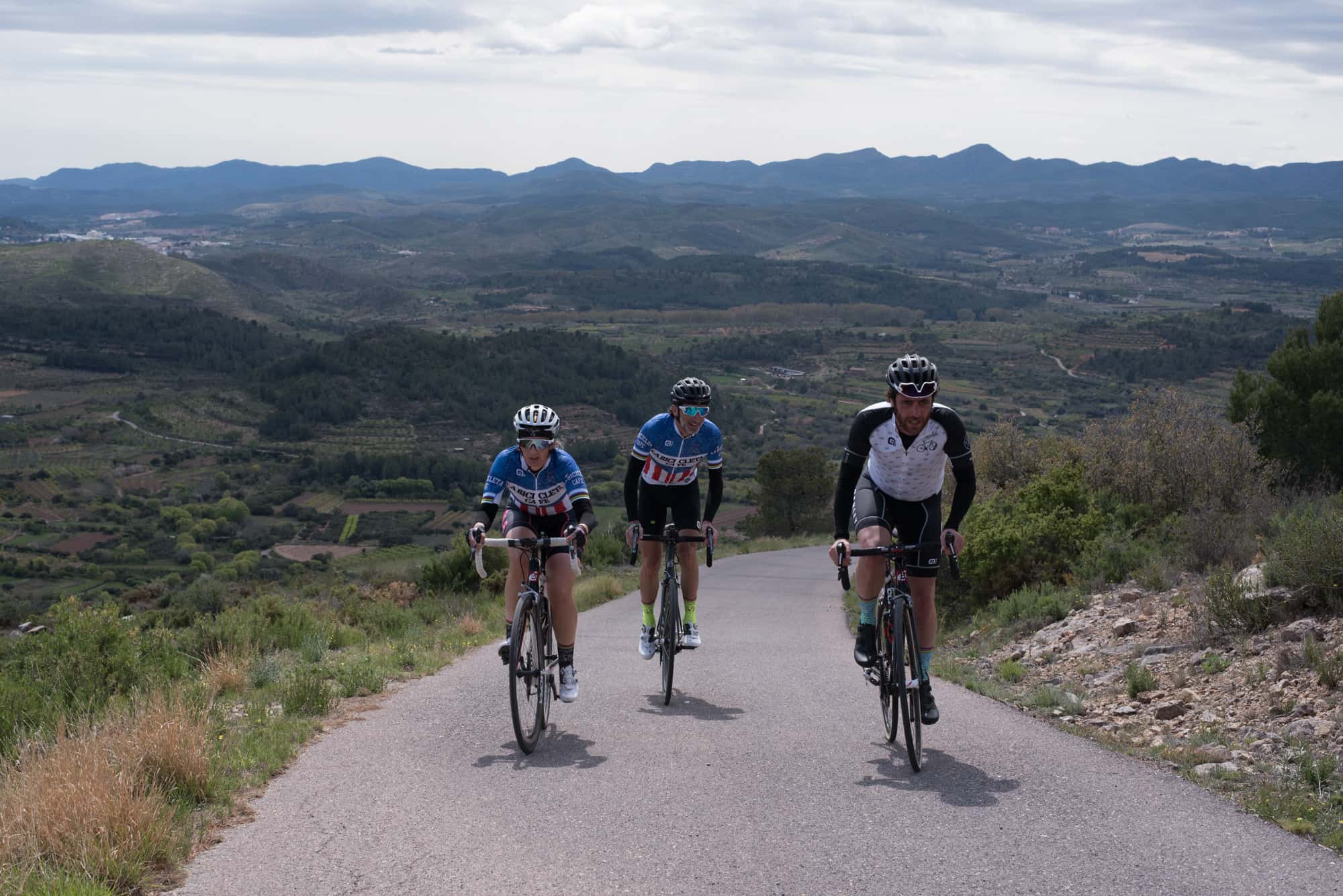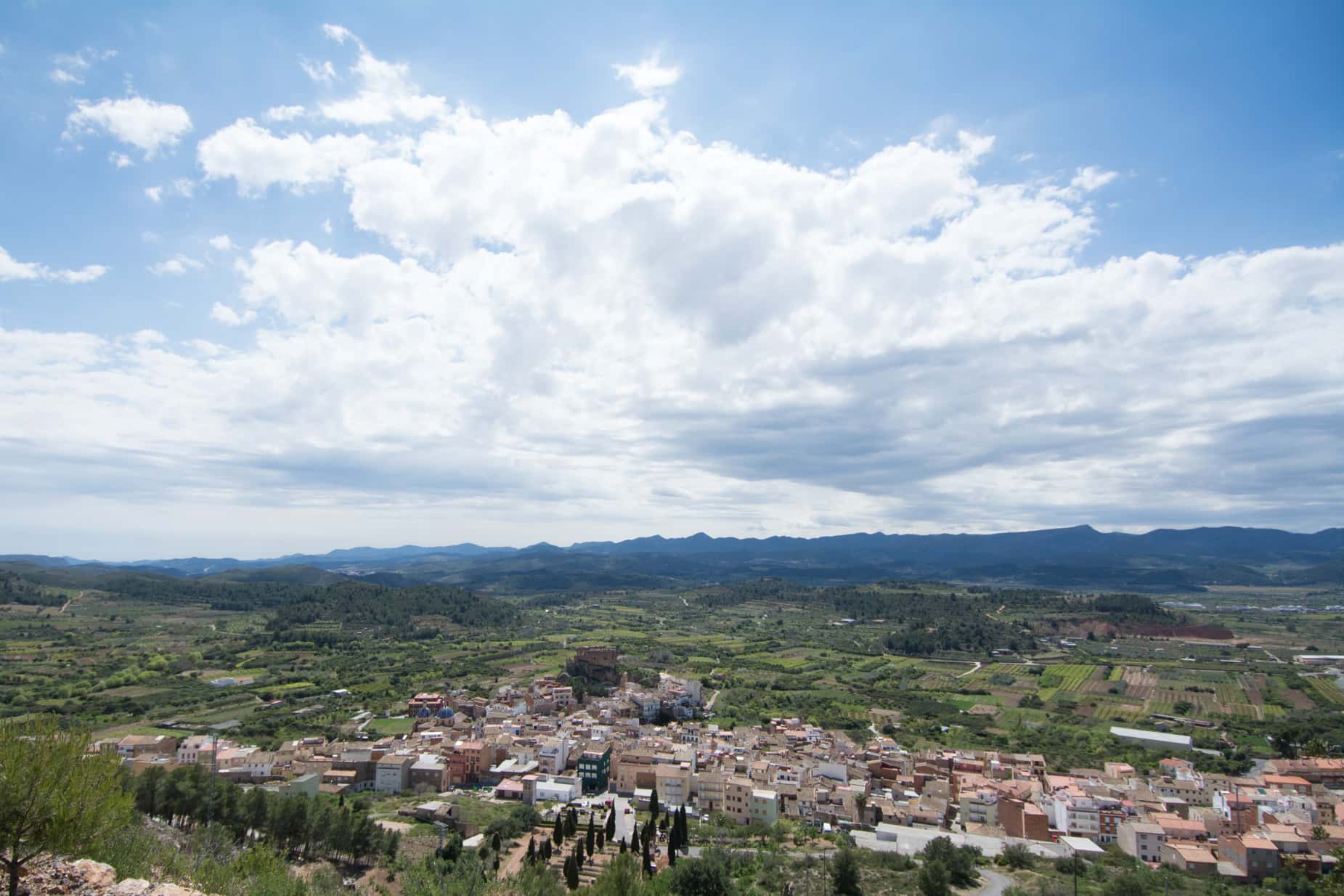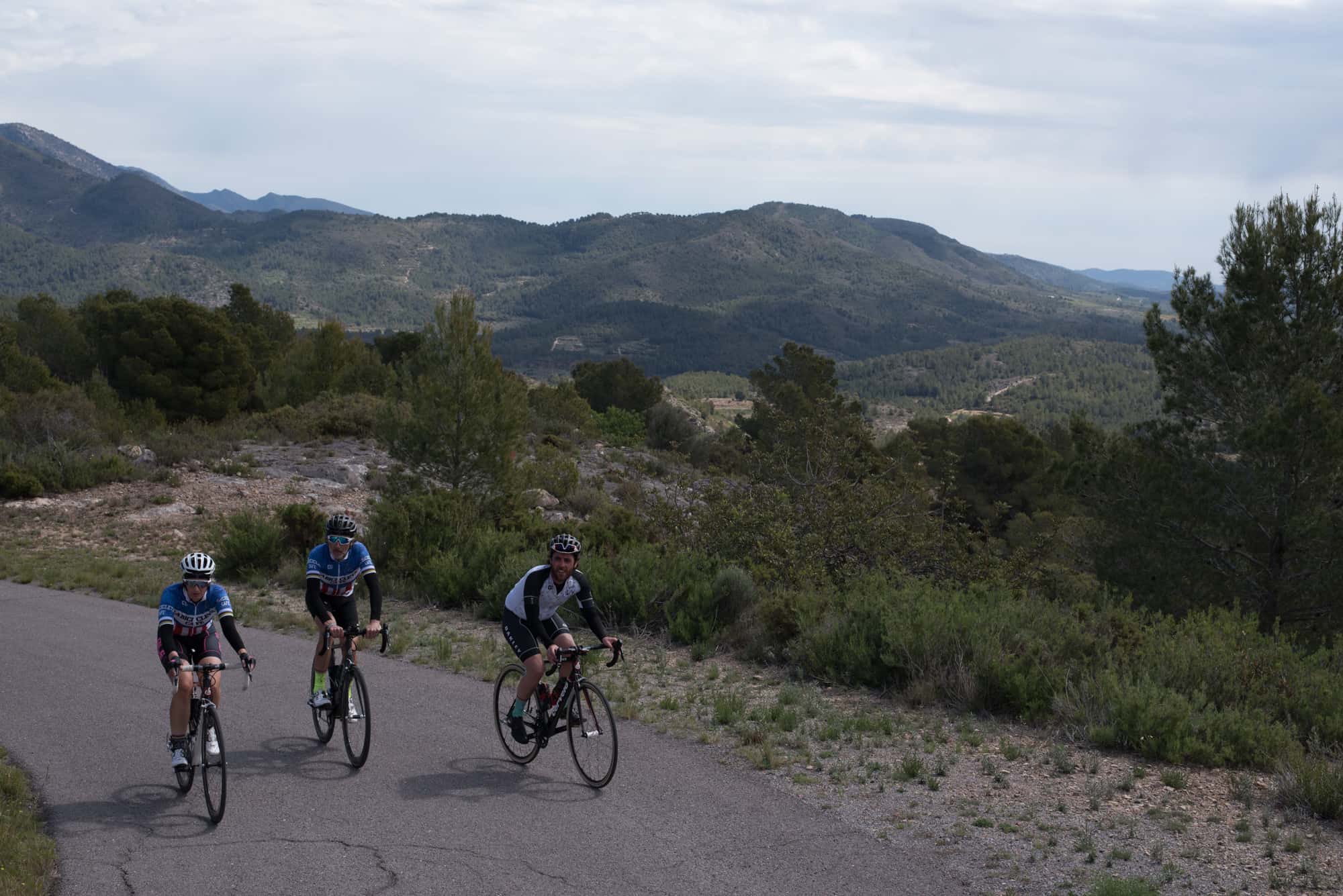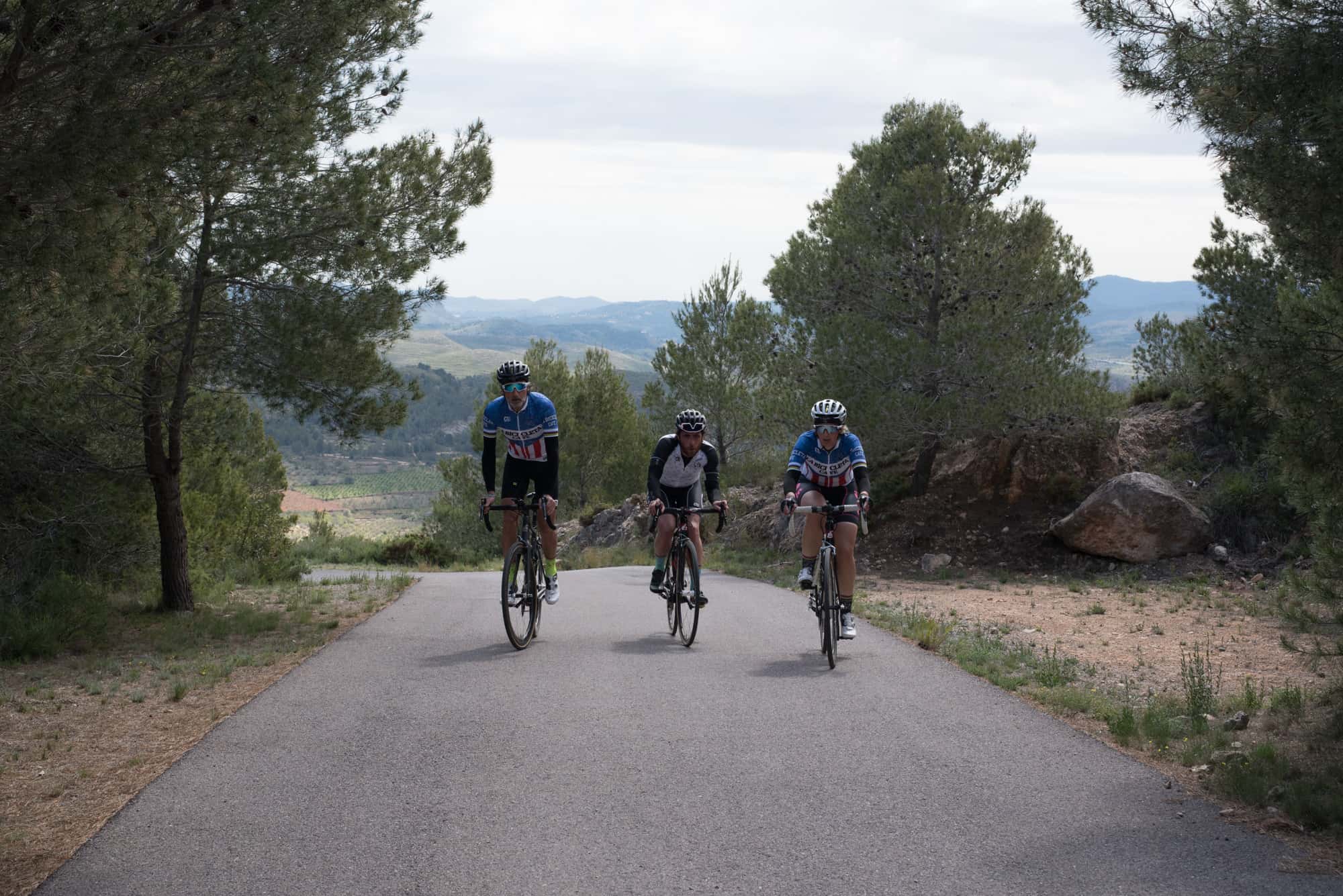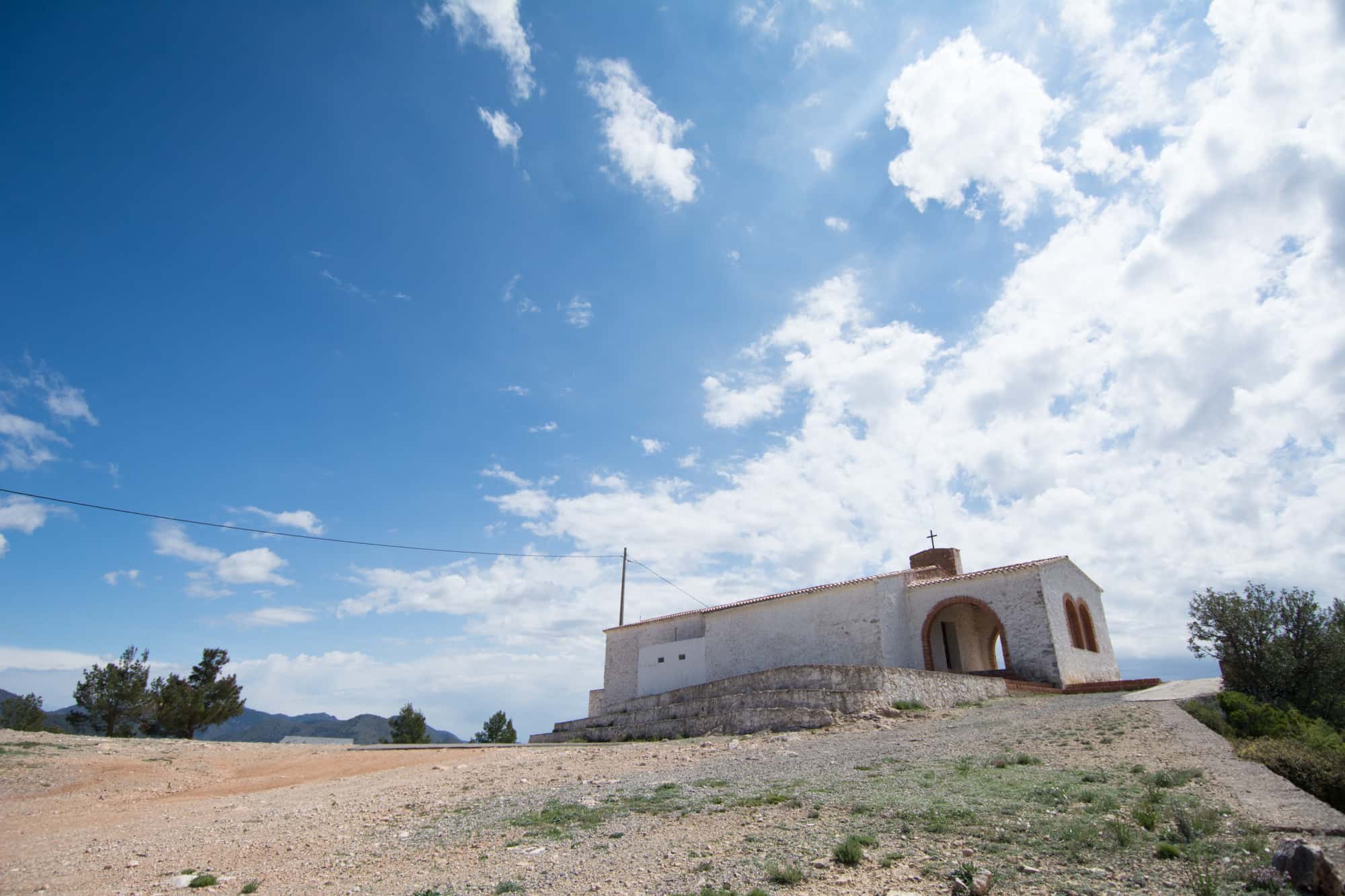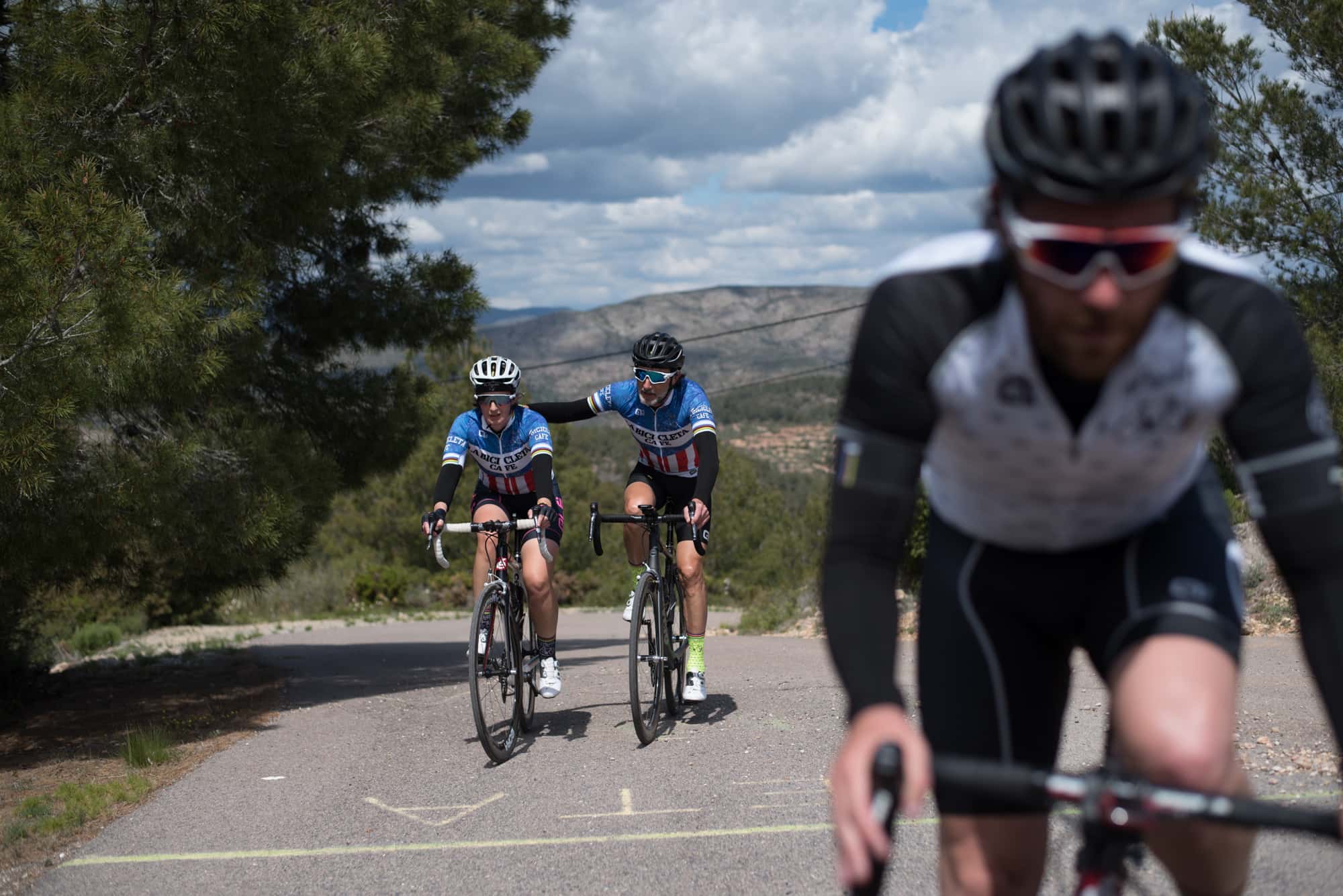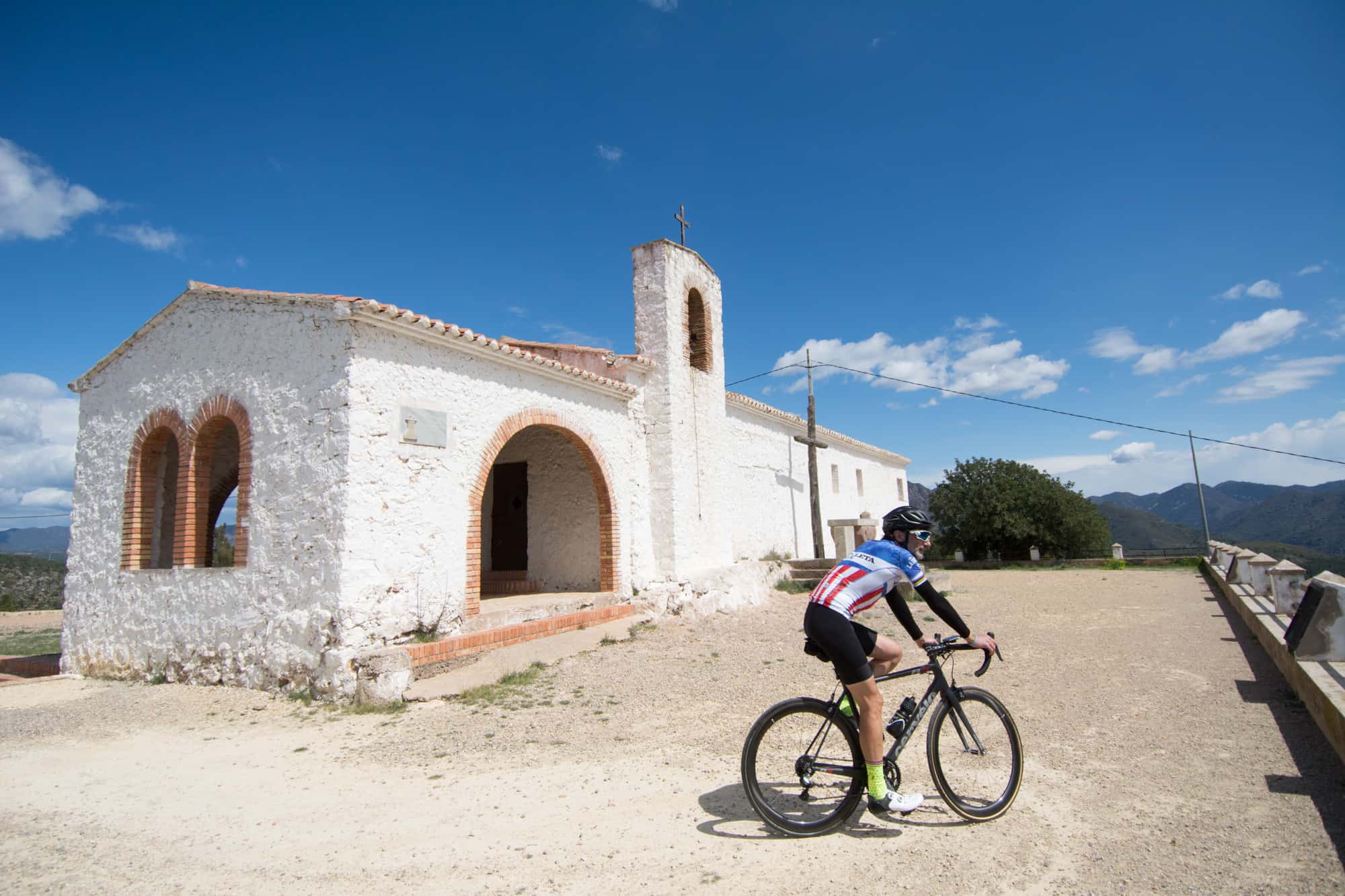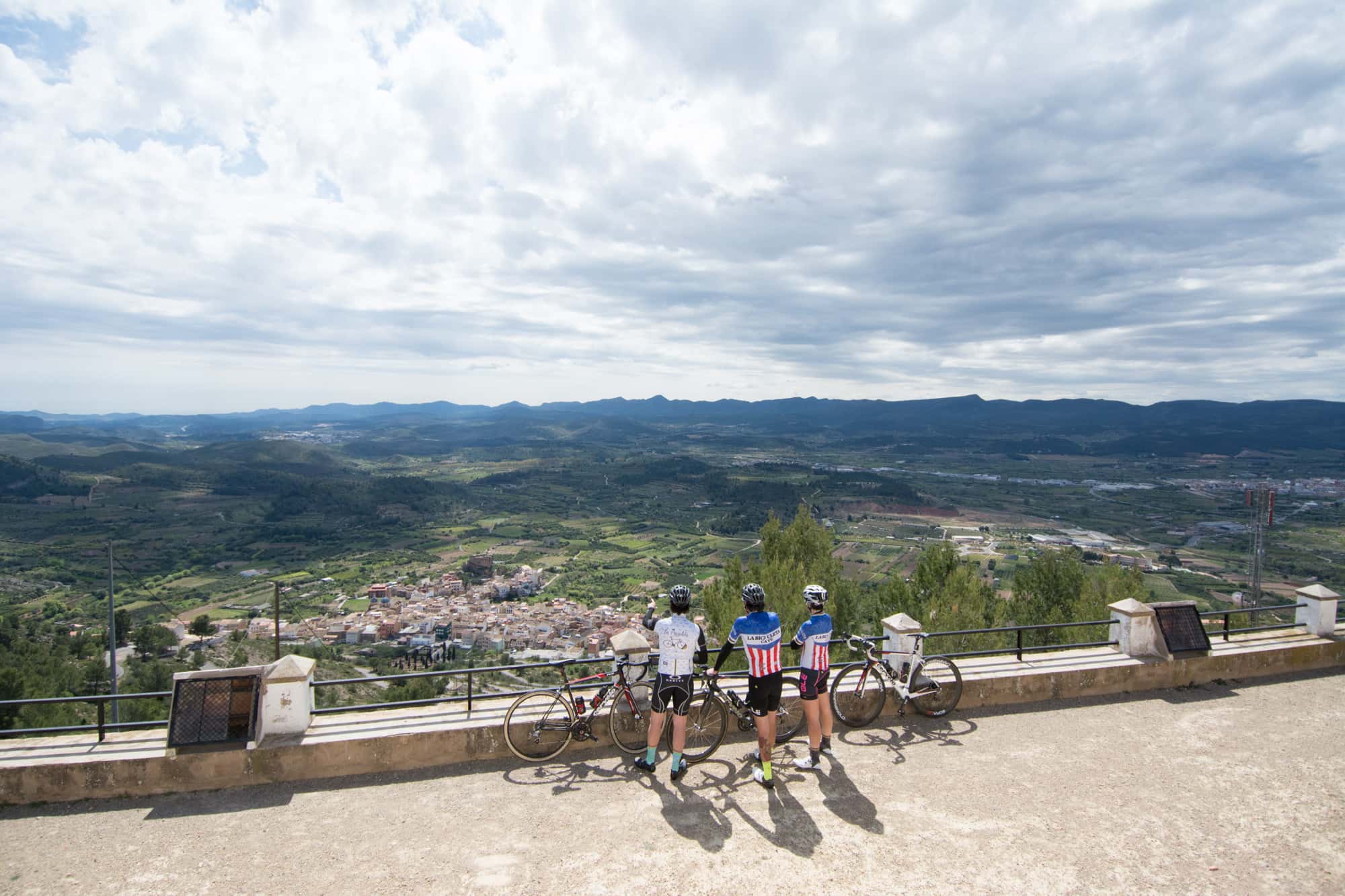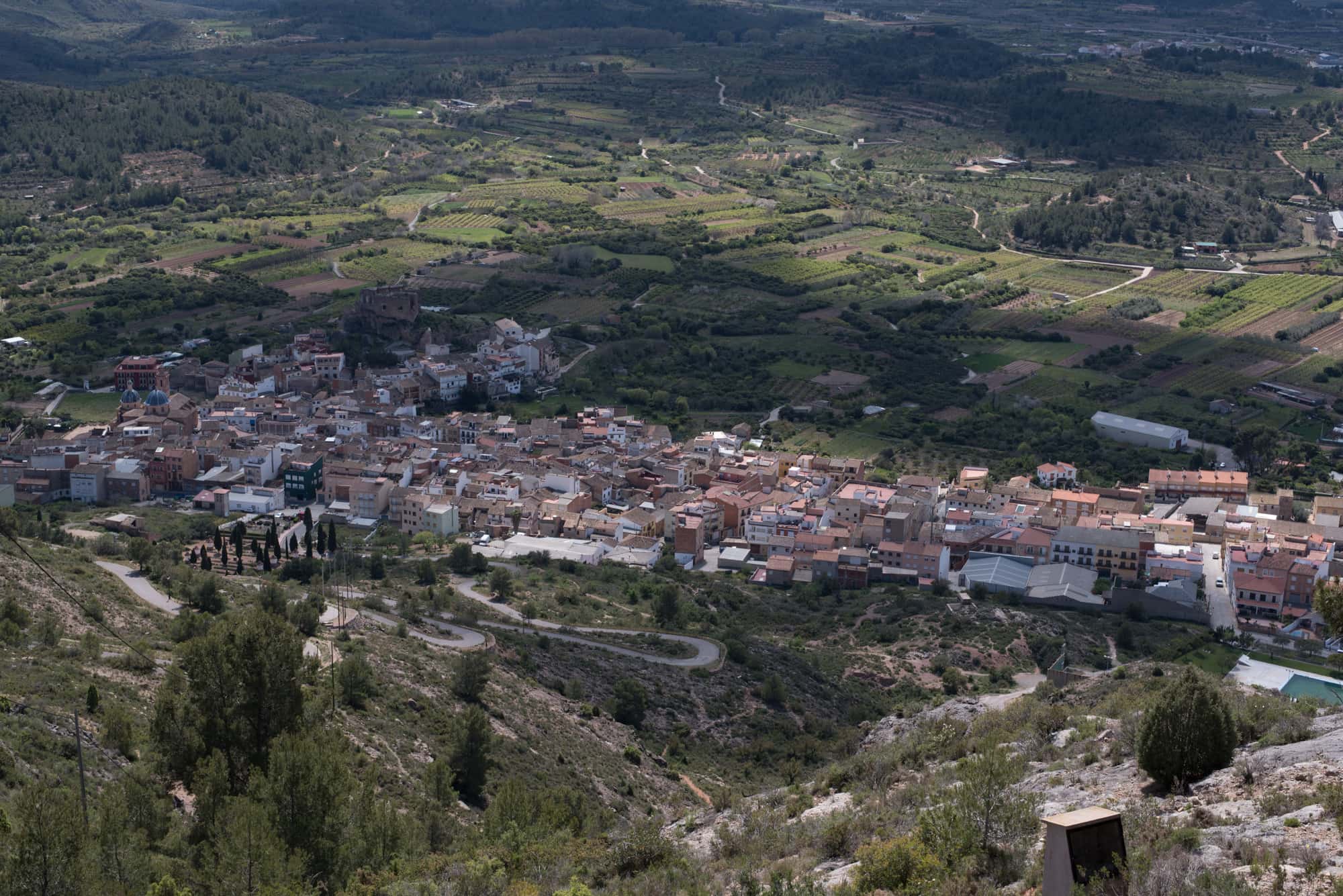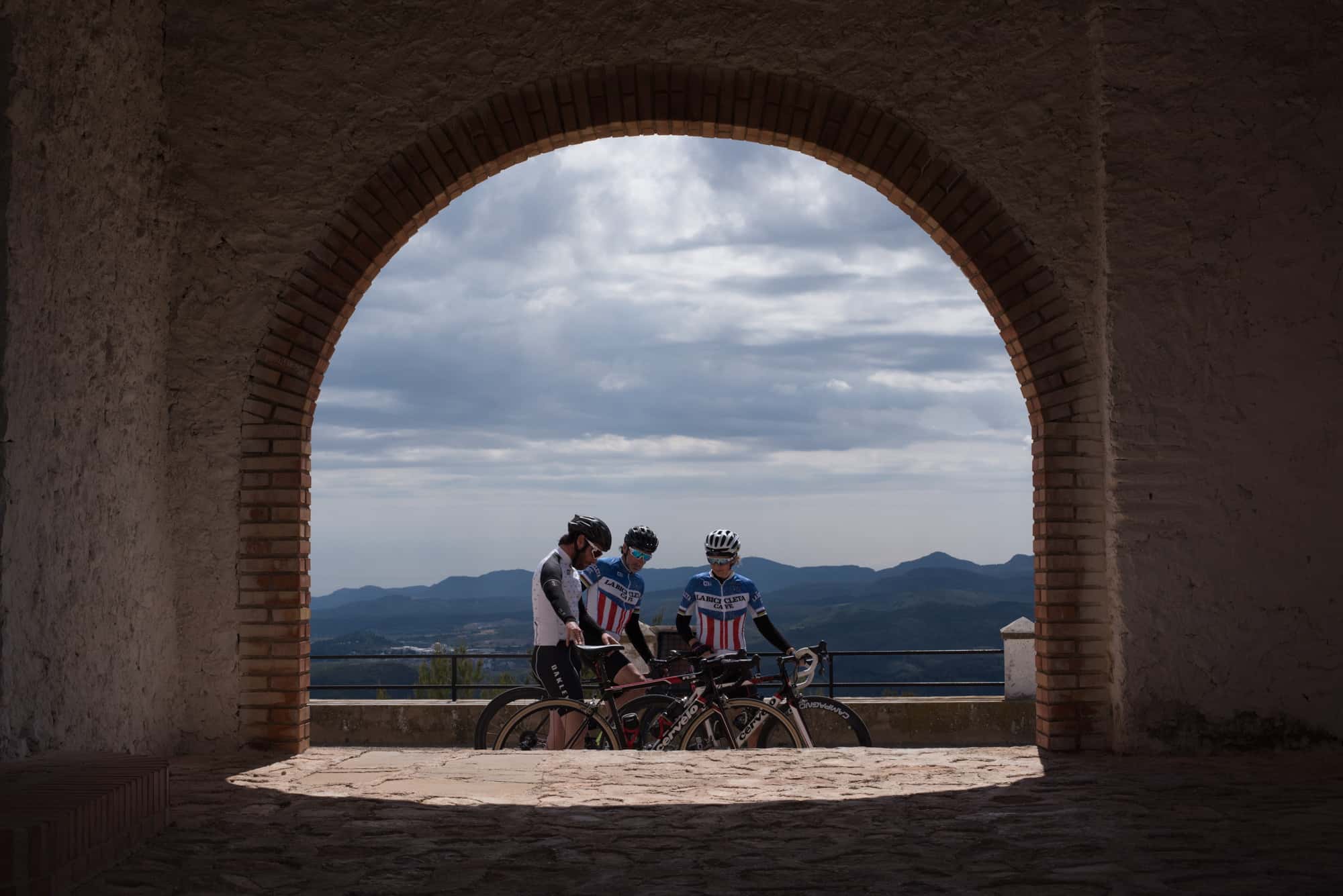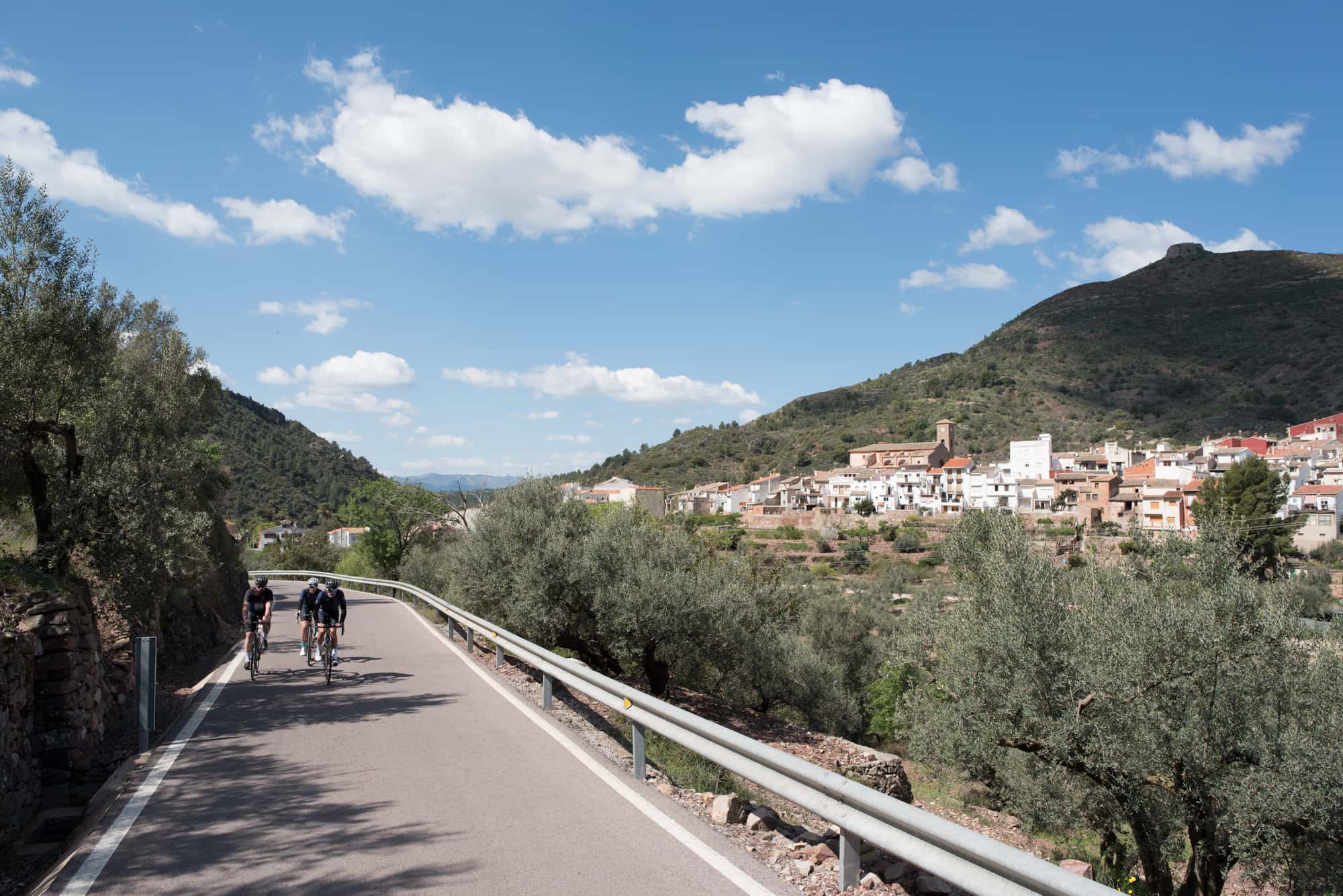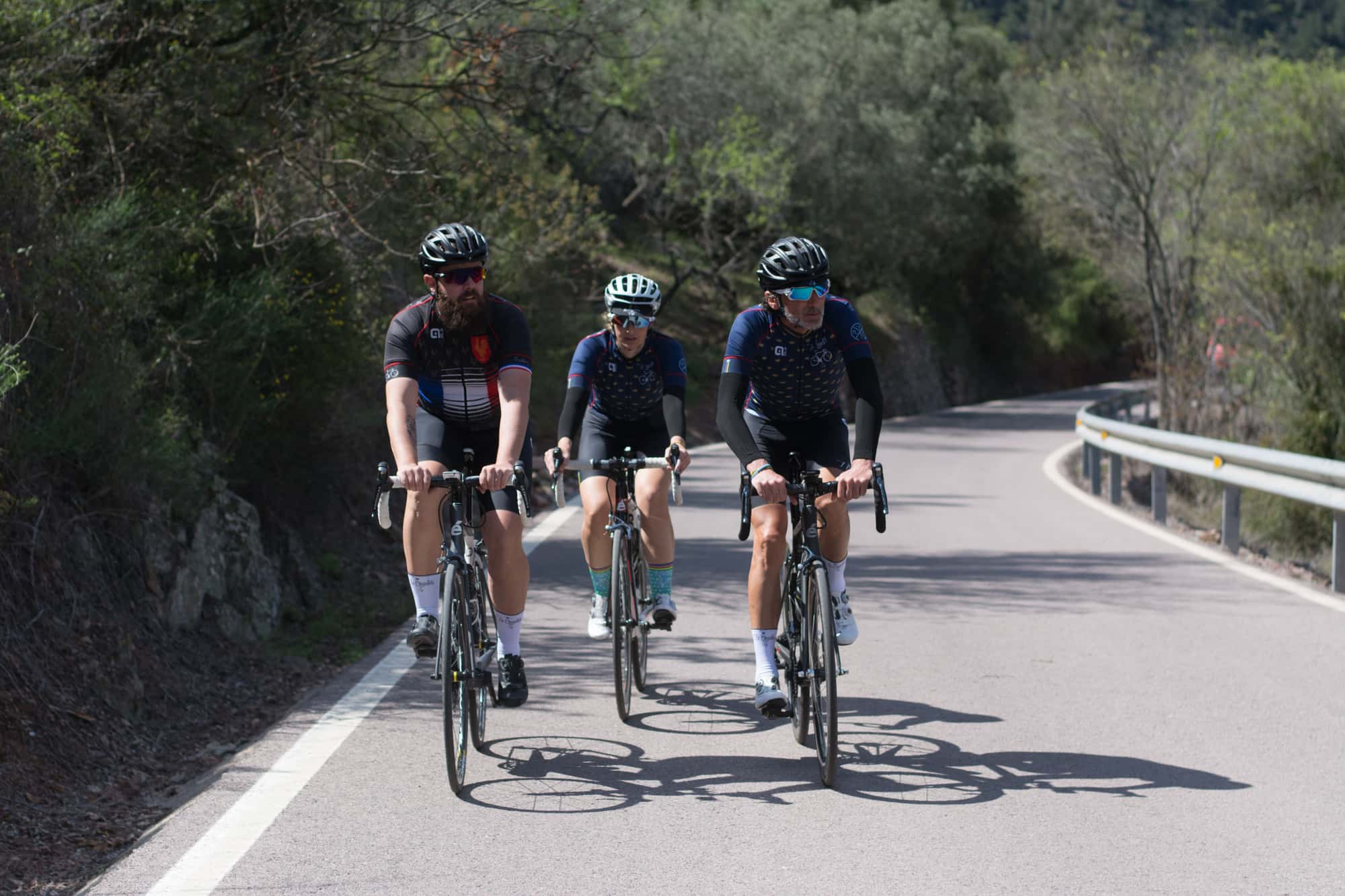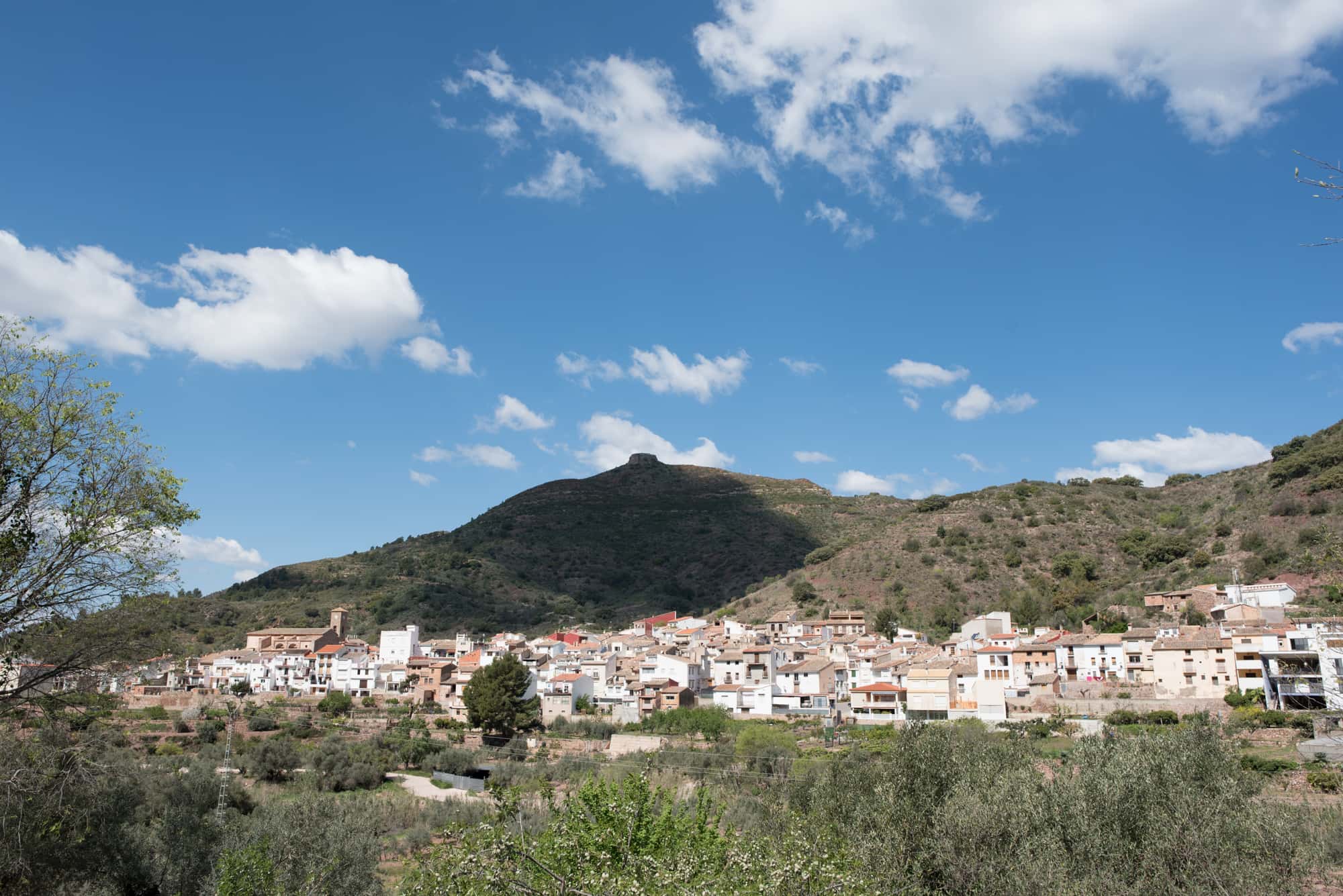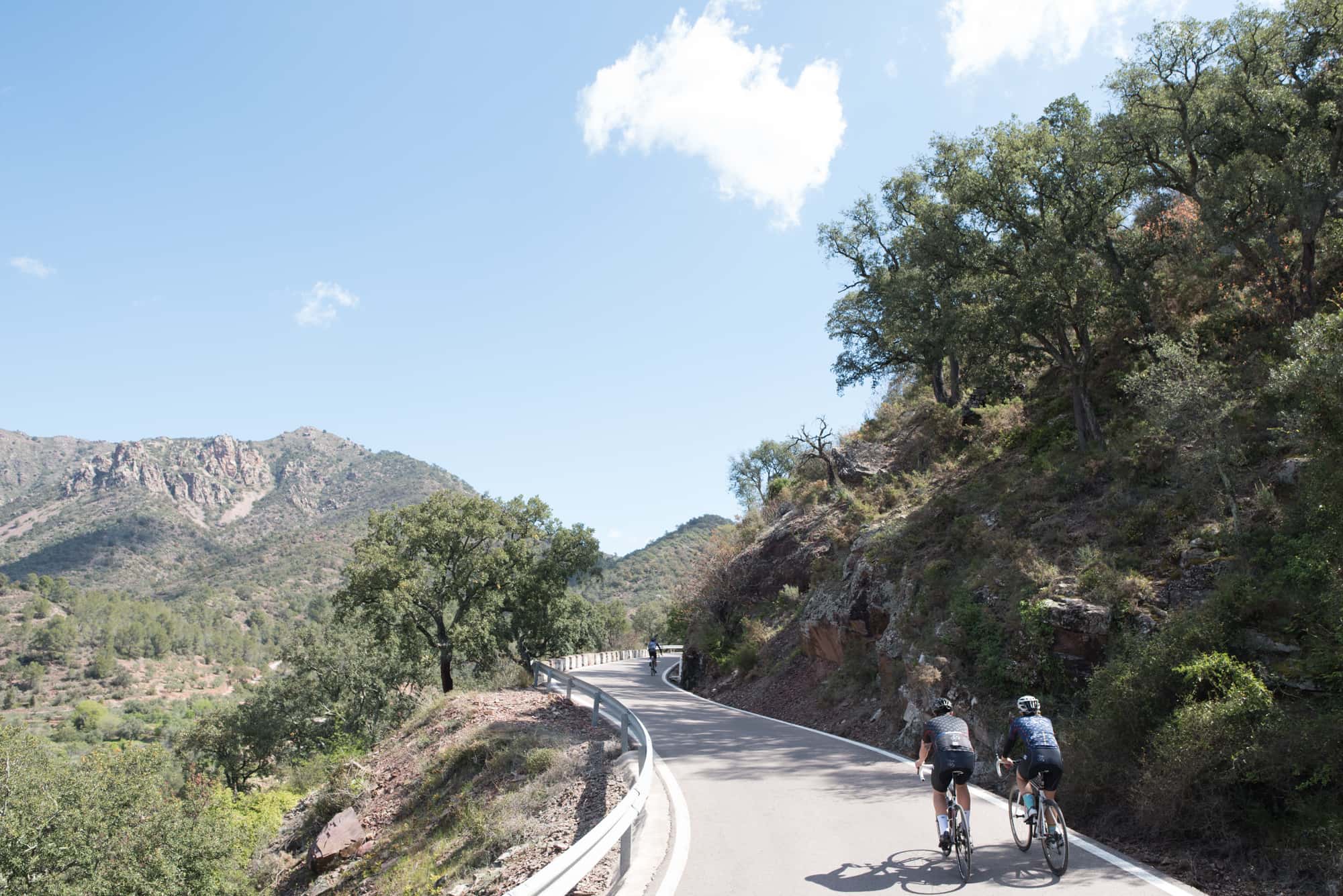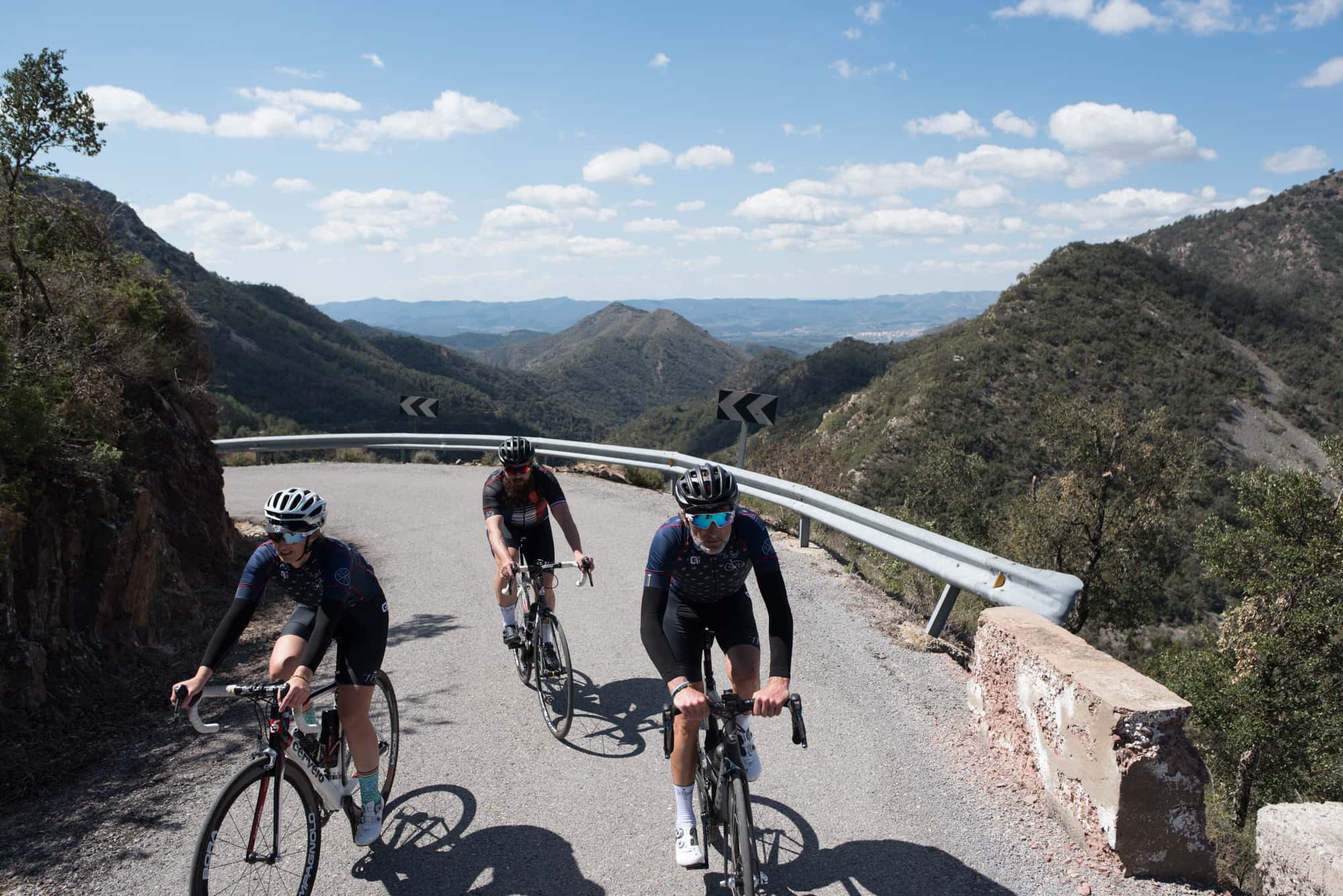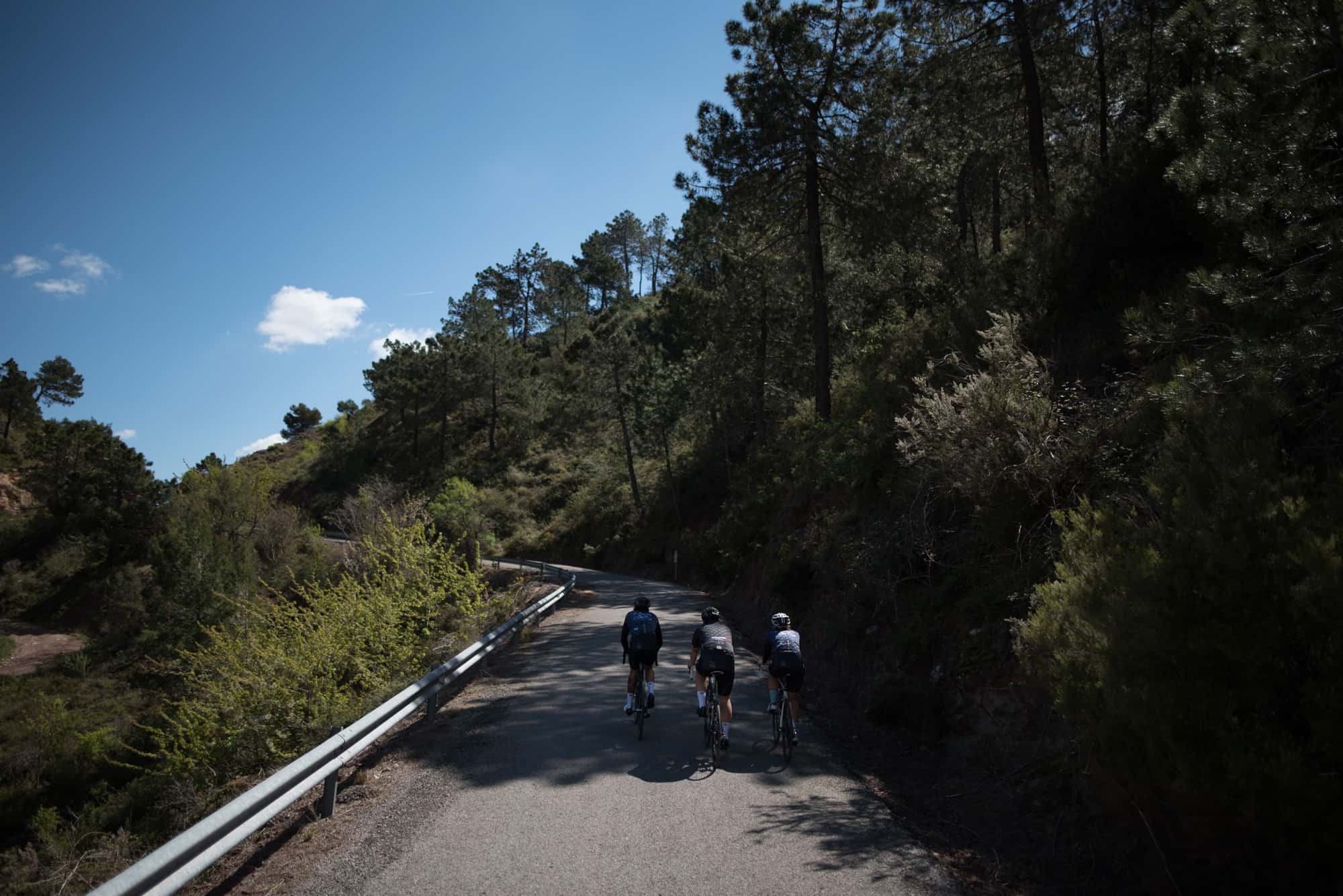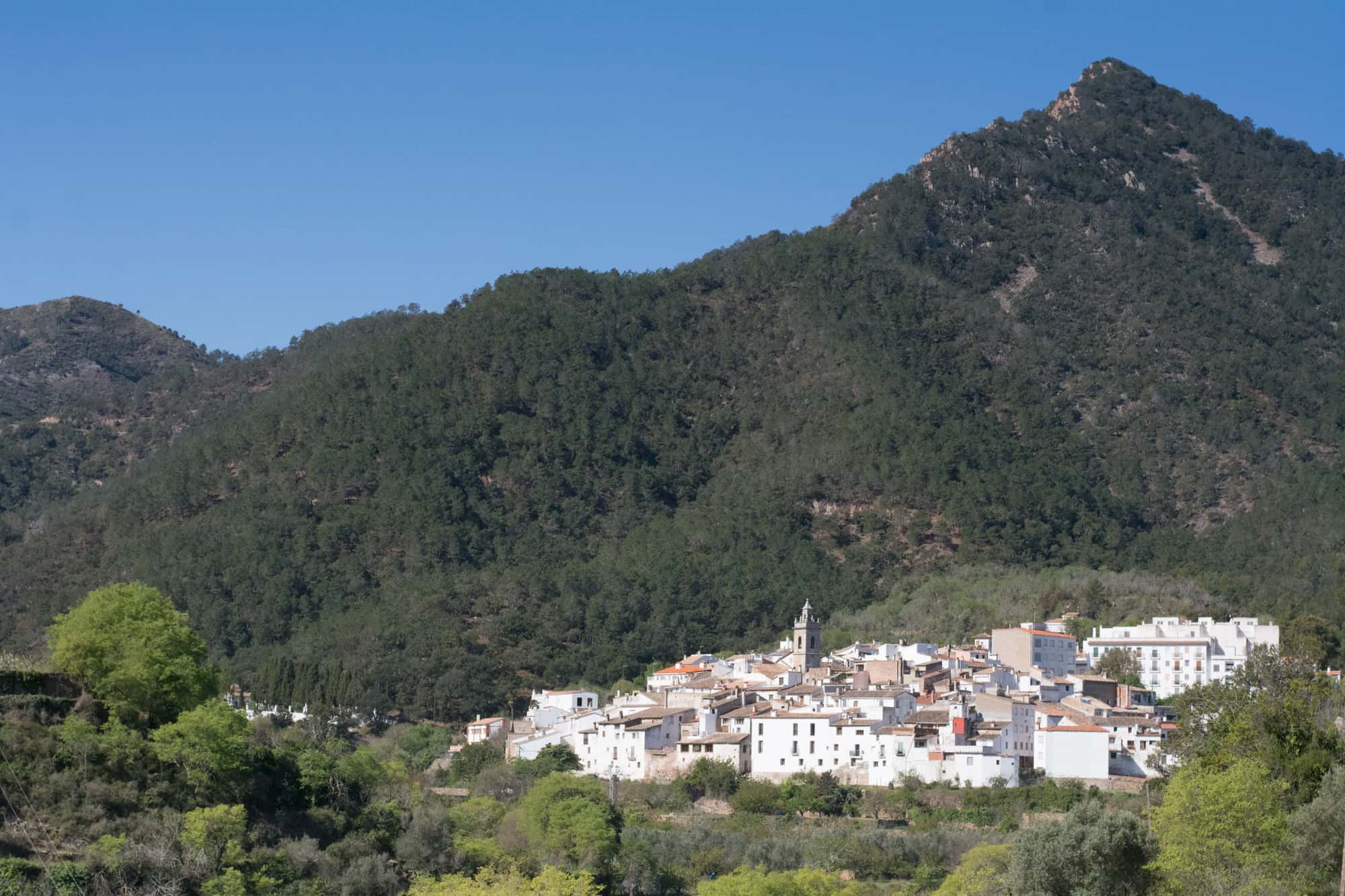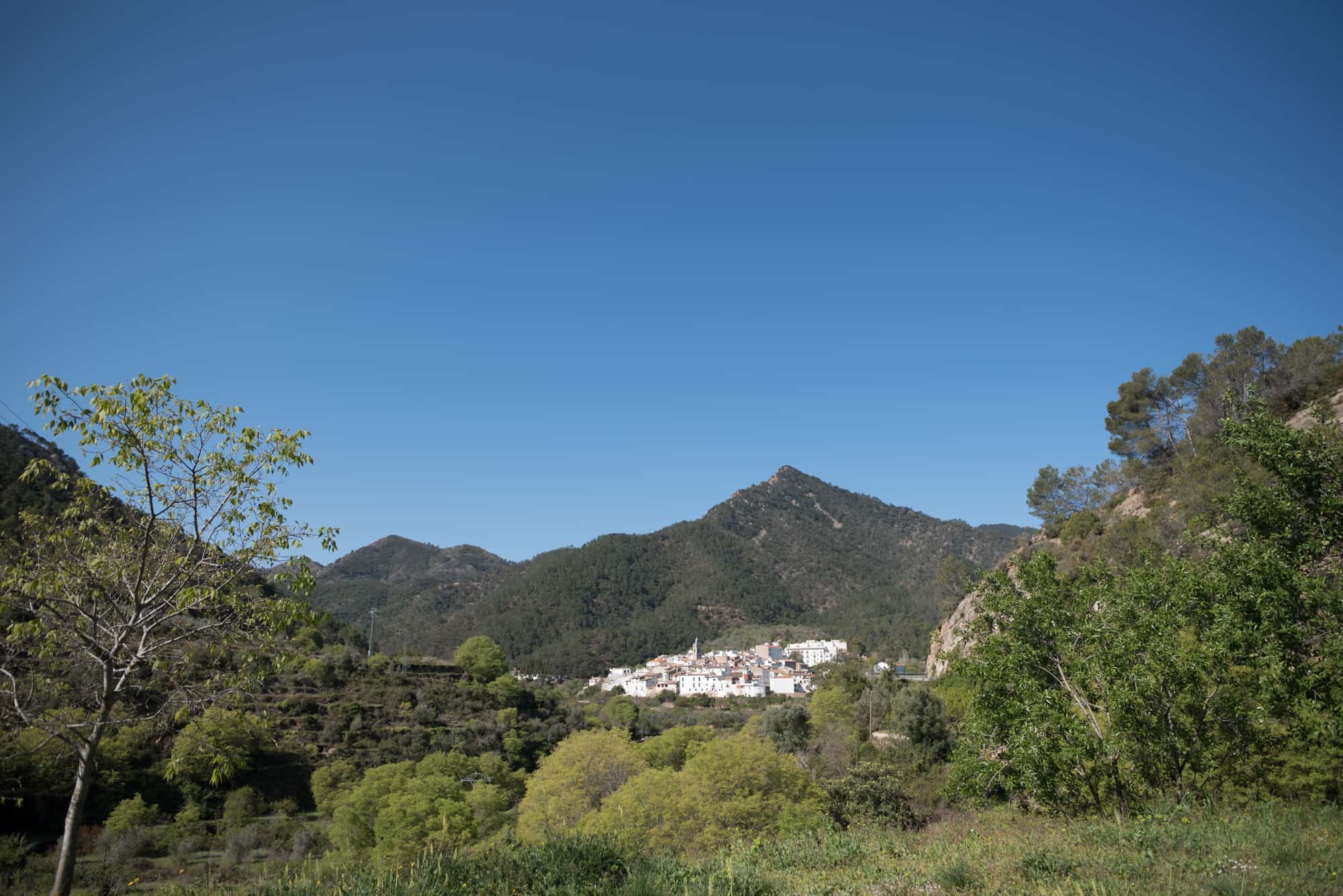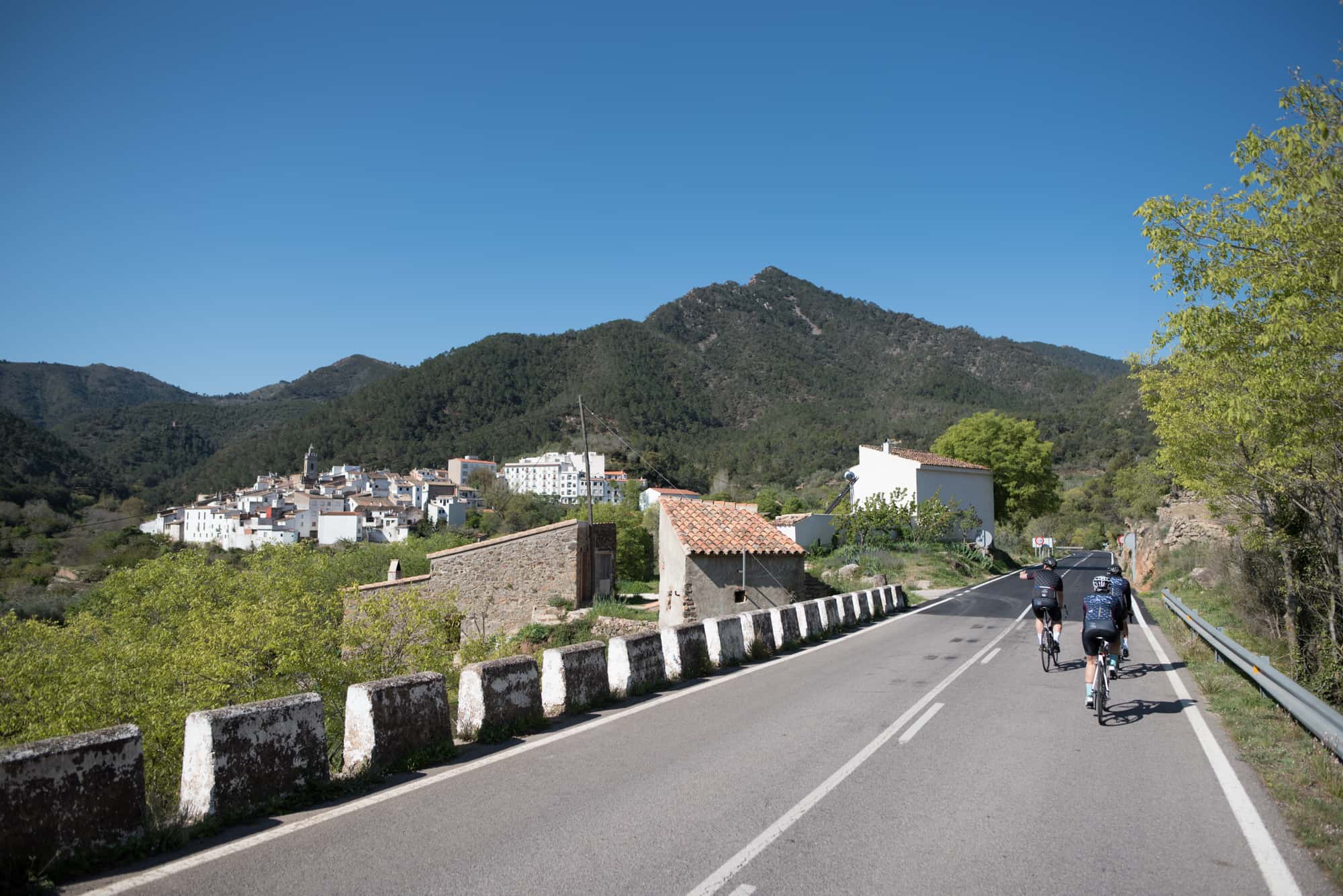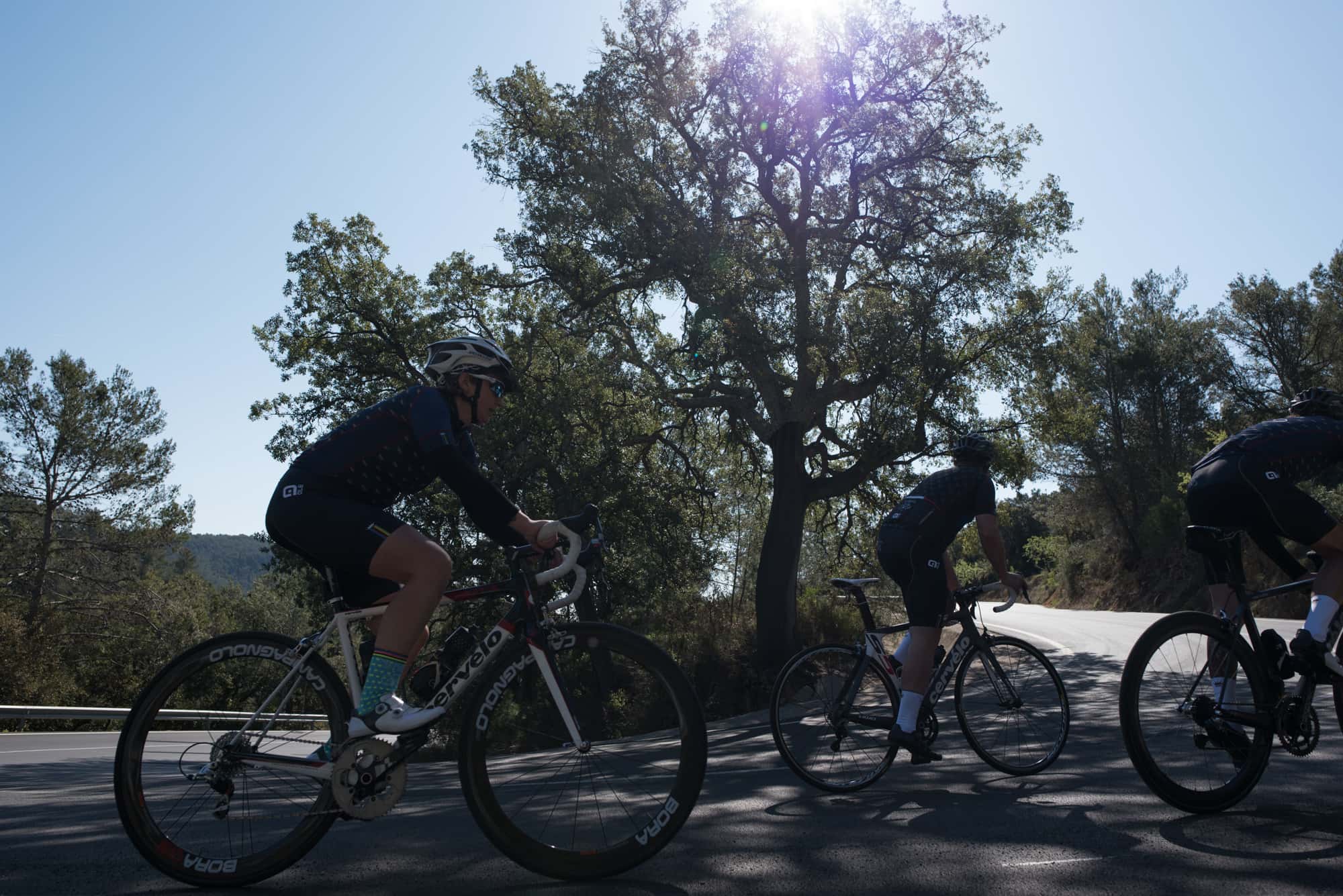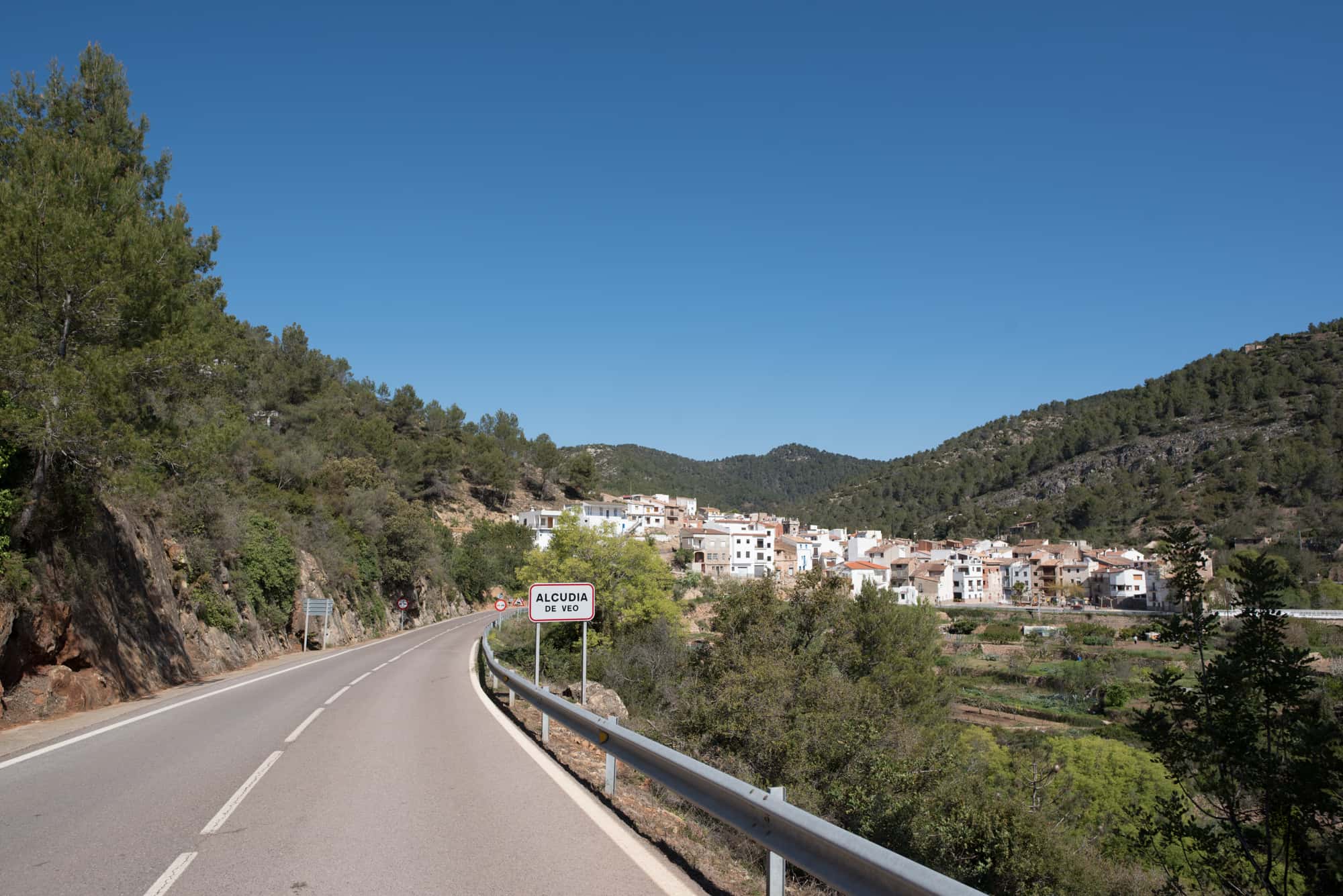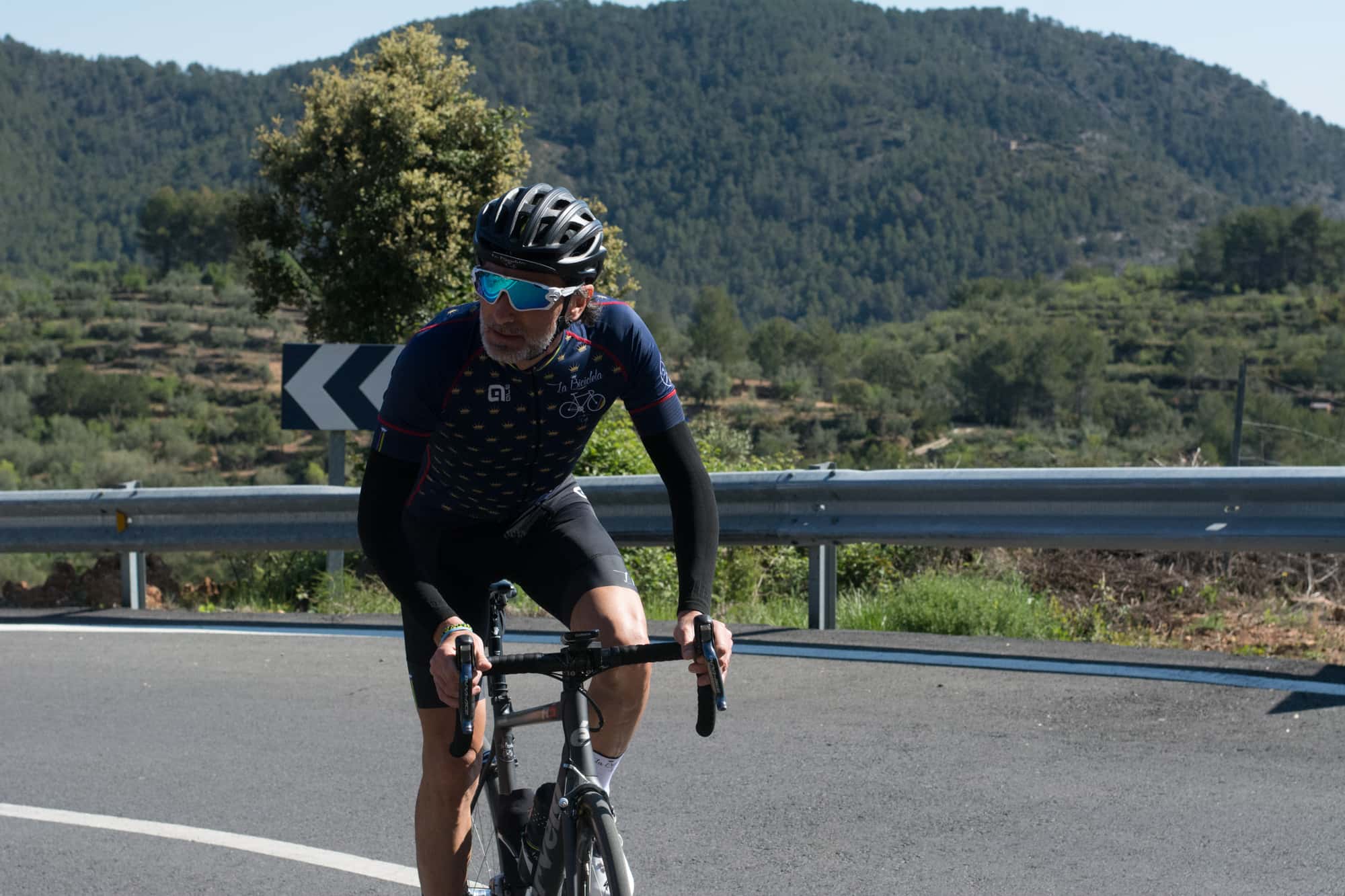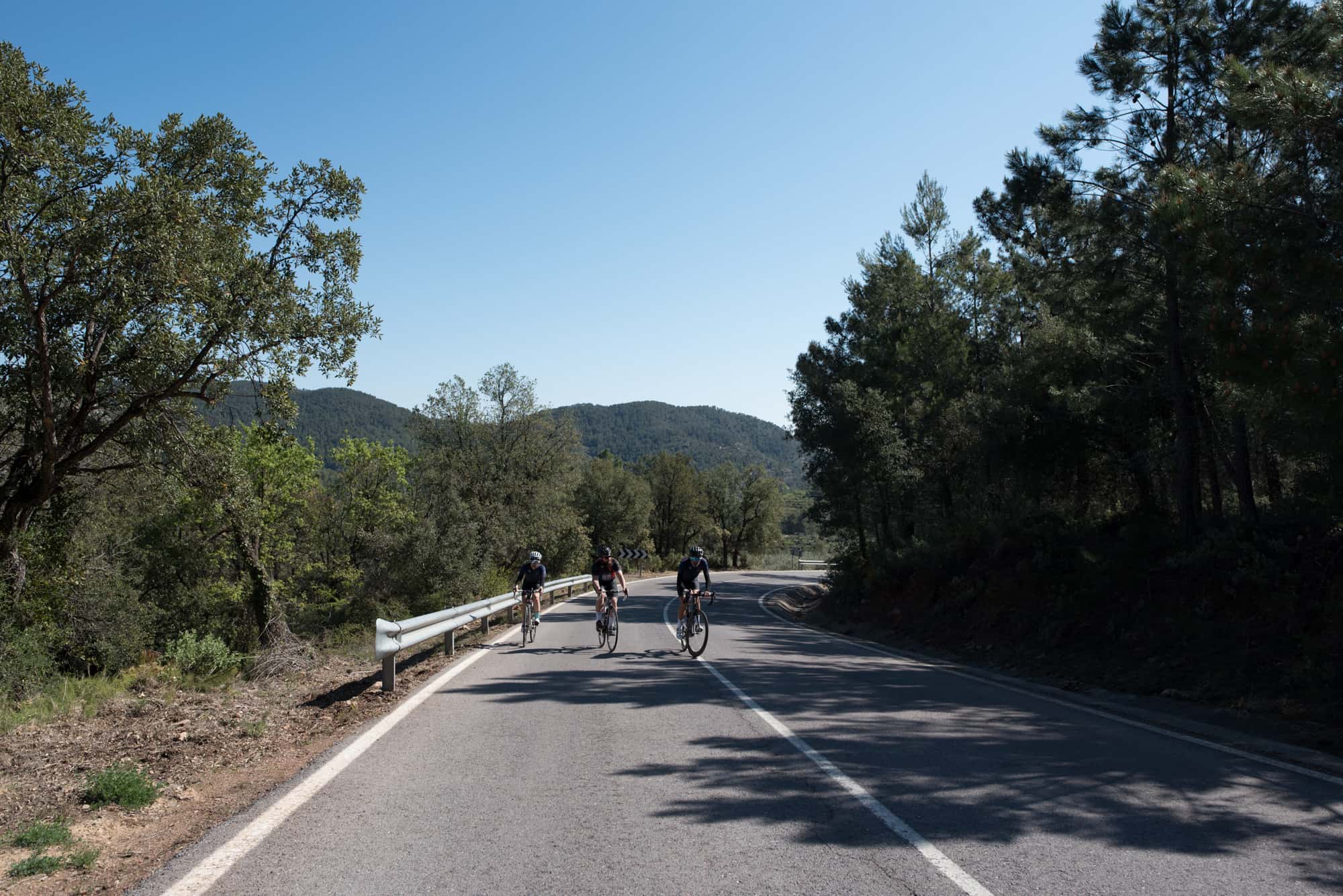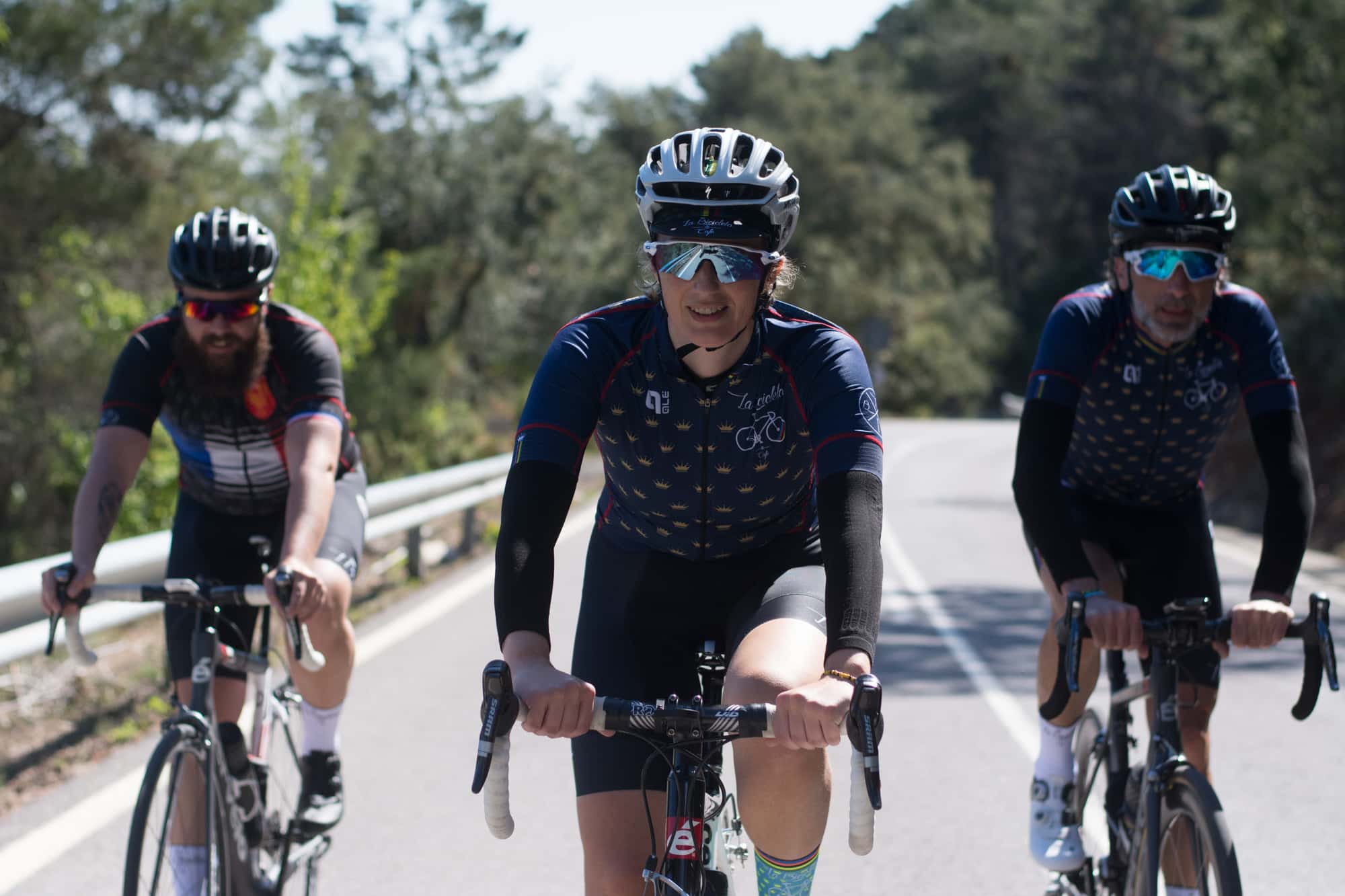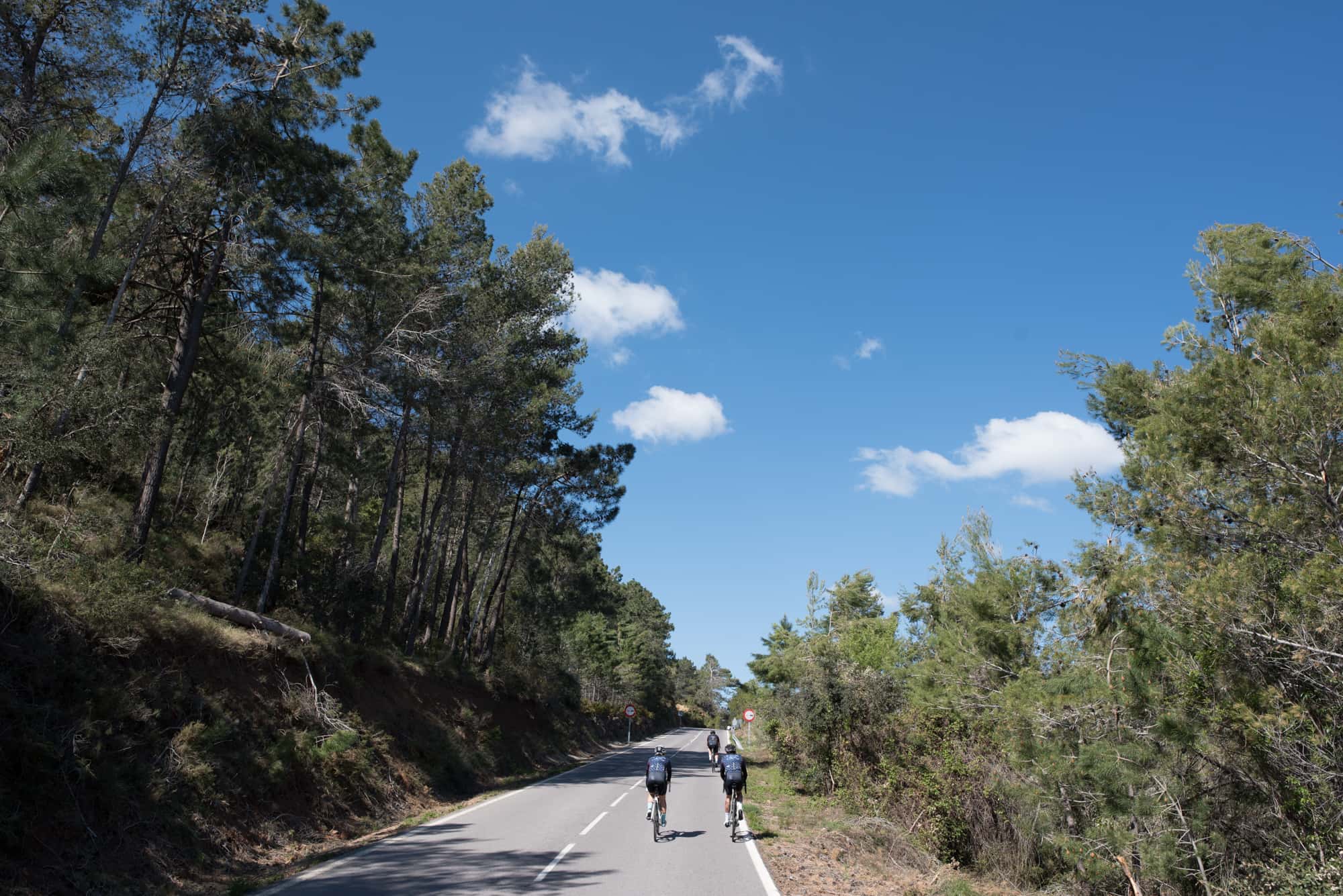Videos
Population
Part of the Alto Palencia region, Castellnovo is located between the Espadán and Calderona mountain ranges which provide it with rugged, irregular terrain although it is not very high. The Moors gave this municipality the name is bears today, although it had been previously occupied by the Romans, who built the castle which formed part of Segorbe's defensive network. It has been reconstructed various times, the first time by the Muslims and the second time during the renaissance in the 15th century.
This terrain which was reconquered by the Spanish and repopulated by people from Aragon, Catalonia and Navarra in the 15th century, thus making Castellnovo a melting pot of cultures, as well as the gateway to the Espadán Natural Park.
As well as the two chapels we find on the way up the Calvario mount (San Antonio de Padua and San Cristóbal), you should not miss out on visiting the Santos Reyes church, which was built between 1600 and 1700, although it has been recently reconstructed. It is located in the Plaza del Olmo (square of the elm tree) which takes its name from the elm tree which was planted there upon the signing of the Spanish Constitution in Cadiz in 1812. Many years of history have left their mark, such as the Torre de Mal Paso tower which was built in Roman times. It is found on a hill close to Castellnovo on the way towards Segorbe. Later on, the Muslims settled here and as such in the urban centre the "Cisterna" (Arabic well) can be found, this is also visible from part of the town's walls. This monument is used during the typical bull festivities which take place in the municipality during the last fortnight in August. One of the characteristics of this small municipality, of just over 1000 inhabitants, is all of the fountains which can be found spread out along the streets, such as the fountains "del Peco", del Pelao", del Piojo" "el Tano", "Bruteras" and "del Lugar".
You cannot leave without trying Castellnovo's most typical dish "olla de col", and its cured meats and cheeses. So that we can enjoy the incredible gastronomy, we suggest some of the area's best restaurants: Restaurante As de Copas (Avenida Maestro Augusto Miguel 19), with home-made food; and two of the town's most typical restaurants where you will feel at home are Bar Gimeno (Portal,2) and Bar la Plaza (Plaza del Ayuntamiento, 2).
In order to spend a weekend here, and so that you can relax after the routes, we suggest various accommodation options. You can relax and be at-one with nature in the luxurious suits at Masía Durbá (Calle Castellnovo s/n). If you are travelling in a group you could rent Casa Araceli (Calle Calvario, 23), a house in the middle of the urban centre. For a very affordable price you could also stay in a group at the rural house Casa Rural El Castillo (Calle el Castillo, 4).
Points of interest in the area
- Castillo de Castellnovo: a Roman castle which formed part of Segorbe's defensive network. It was rebuilt by the Muslims and then again in the 15th century in a Renaissance style.
- The San Antonio de Padua chapel and the San Cristóbal chapel: located at the ascent up the Calvario mount, the peak of which is also a sight to behold.
- Santos Reyes church: located in the Plaza del Olmo, this dates back to the 18th century although it has been reconstructed recently.
- Plaza del Olmo (square of the elm tree): named after the elm tree which was planted there to celebrate the signing of the Spanish Constitution in Cádiz in 1812.
- Torre de Mal Paso: a tower which dates back to Roman times and which is located on the hill which links Castellnovo to Segorbe.
- La Cisterna well (calle Comandante Pérez): built by the Muslims, this is located in the middle of the urban centre and preserves part of the old town walls.
Route
Once you have done some beginner routes, we propose that you keep improving by taking on this 57 km medium level circuit which will take you through the forests of the Espadán mountain range and on the edge of the Regajo reservoir and the River Palancia. The first 5km after leaving Castellnovo act as a warm up for the next 5km of incline up the Puerto de Almedíjar mountain pass. Here, in the middle of the Espadán mountains you will have reached the highest point of the route at 806 m above sea level. Now, taking the CV 223, its time to lose some of those gained metres and go downhill towards Alcudia de Veo, which has a very pleasant road which will not pose any complications. Leave the town on the CV 215 and prepare yourself for the Puerto de Nevera mountain pass. If you overcame the first mountain pass without an issue, this will not be difficult as it is lower and less steep. The next 5km of decline bring you to Algimia de Almonacid, where you will be able to recover and rest your legs along the flat terrain. From this moment, and until the end of the route, the road becomes more rugged and irregular, but the scenery of the dry land is incredible: the almond and olive groves take over and make the route far more enjoyable. Apart from a few small slopes which are not difficult, almost all of the return to Castellnovo is downhill, passing through the towns of Matet, Gaibiel, Navajas and Segorbe. Once you go past the River Palancia, you should put in one last effort up a steep 2km incline which takes you back to Castellnovo.
Points of interest along the route
- Puerto de Almedíjar: road which links Castellnovo to Aín. This road is in perfect conditions and does not have traffic, but is presents us with great difficulties due to the gradient of its slopes. The mountain pass is surrounded by forests and the gorge of the Espadán mountains.
- Alcudia de Veo (Km 20.1): a town located in the heart of the Natural Park in the Espadán mountain range. Because of its location, we find mountainous terrain filled with expanses of forest. In terms of heritage, you can visit the town's three churches and the castle which is still standing.
- Algimia de Almonacid (Km 30.9) : a municipality nestled on the western slope of the Espadán mountain range, as such it is a rugged terrain at a high altitude. Besides the religious monuments which can be seen there, natural landscapes are also worth a visit.
- Santa Bárbara chapel - Matet (Km 35.1): listed as a Point of Local Relevance, it is located on the top of a rocky hill. It was built from white stones and reconstructed in 1988.
- Segorbe (Km 51.9):located in Alto Palancia between the Calderona and Espadán mountain ranges. It is currently the head of the Segorbe-Castellón diocese, and its important architectural heritage have led it to be named as a Site of Cultural Interest. With nearly 10,000 inhabitants who enjoy four grand churches, as well as parts of the old walls and castle which are still standing.
- San Cristóbal chapel - Castellnovo (Km 57): a Catholic chapel which dates back to the 15th century and has a similar composition and style to that of the San Antonio de Pádua chapel. On 3rd May each year it hosts the Santa Cruz festivity and all the neighbouring citizens come and spend the day there. What is most impressive about this chapel is its views, its breath-taking views of the nature and nearby towns.
Gastronomy
- Restaurante As de Copas (Avenida Maestro Augusto Miguel 19): home-made food
- Bar Gimeno (Portal,2): a typical bar of the town with typical dishes.
- Bar la Plaza (Plaza del Ayuntamiento, 2). A traditional bar, with typical food, right in the square where the town hall is.
Accommodation
- Masía Durbá (Calle Castellnovo s/n). This accommodation, which is almost luxurious, will allow you to relax in a natural location.
- Casa Araceli (Calle Calvario, 23): perfect when travelling in a group. This is located in the urban centre.
- Casa Rural el Castillo (calle el Castillo, 4): a rural house big for 8 people at a very affordable price.
